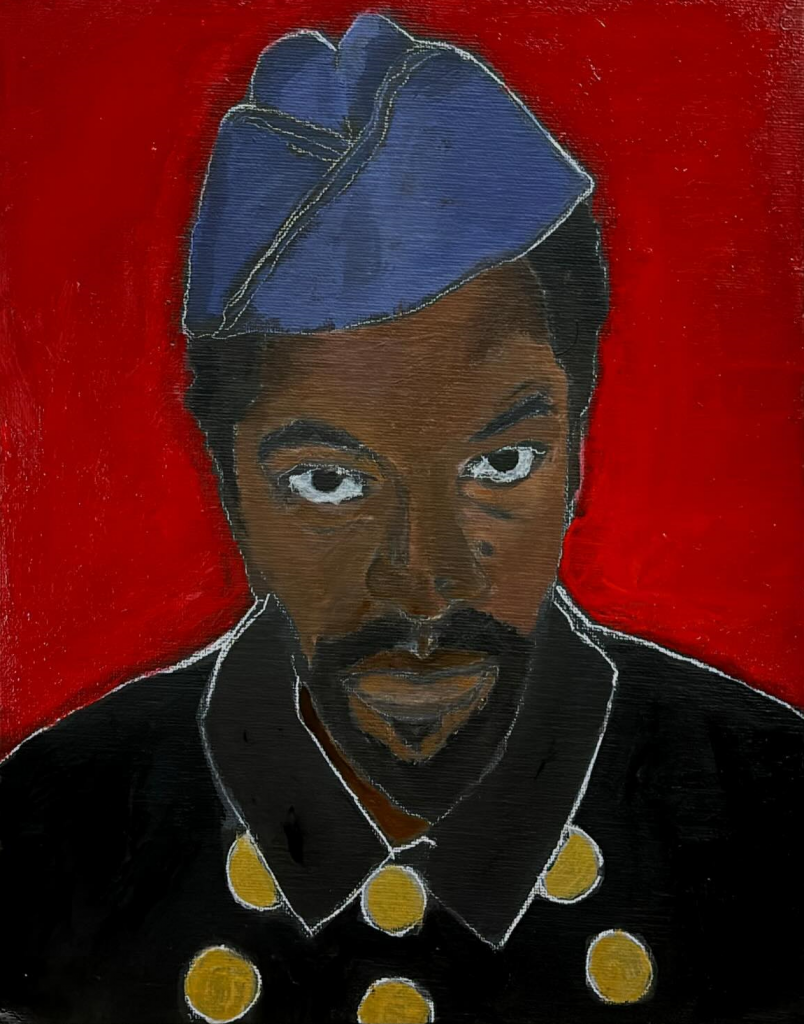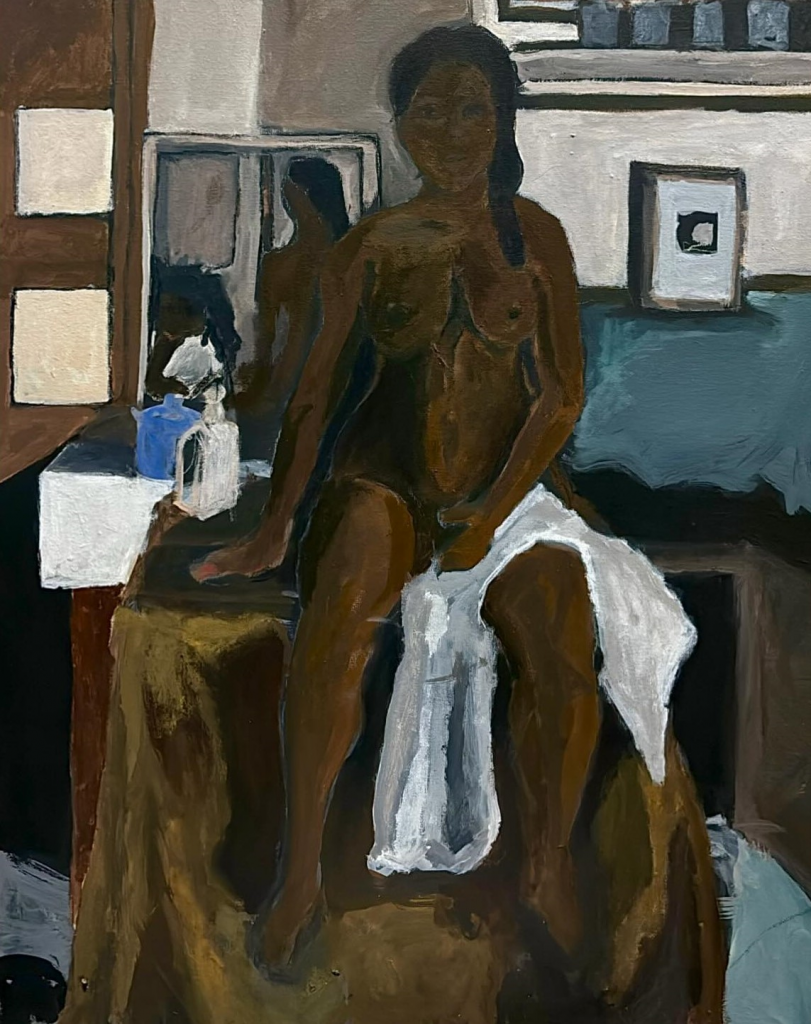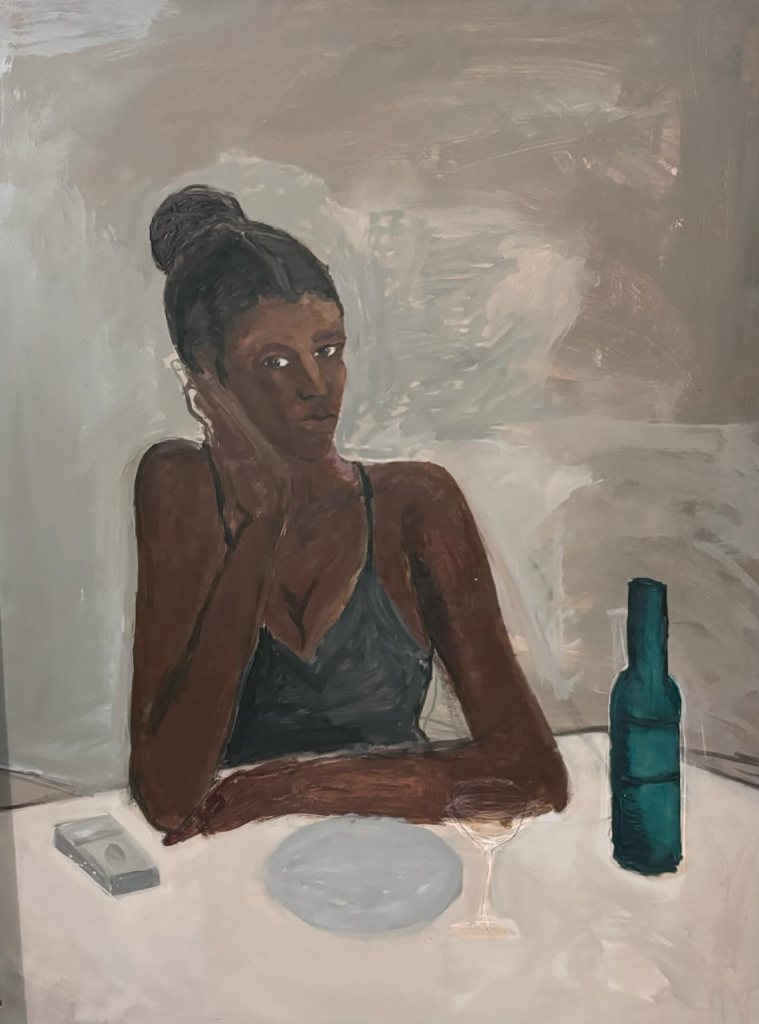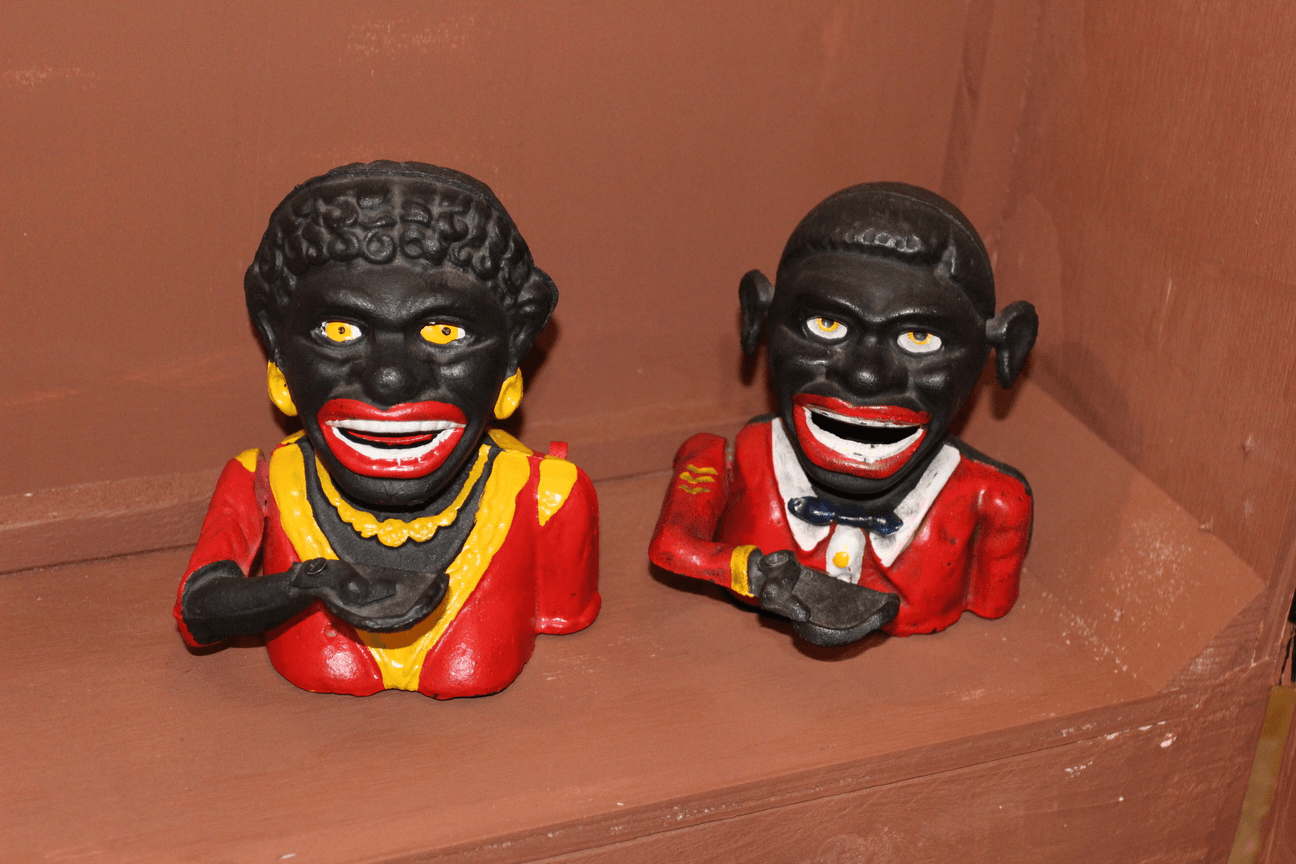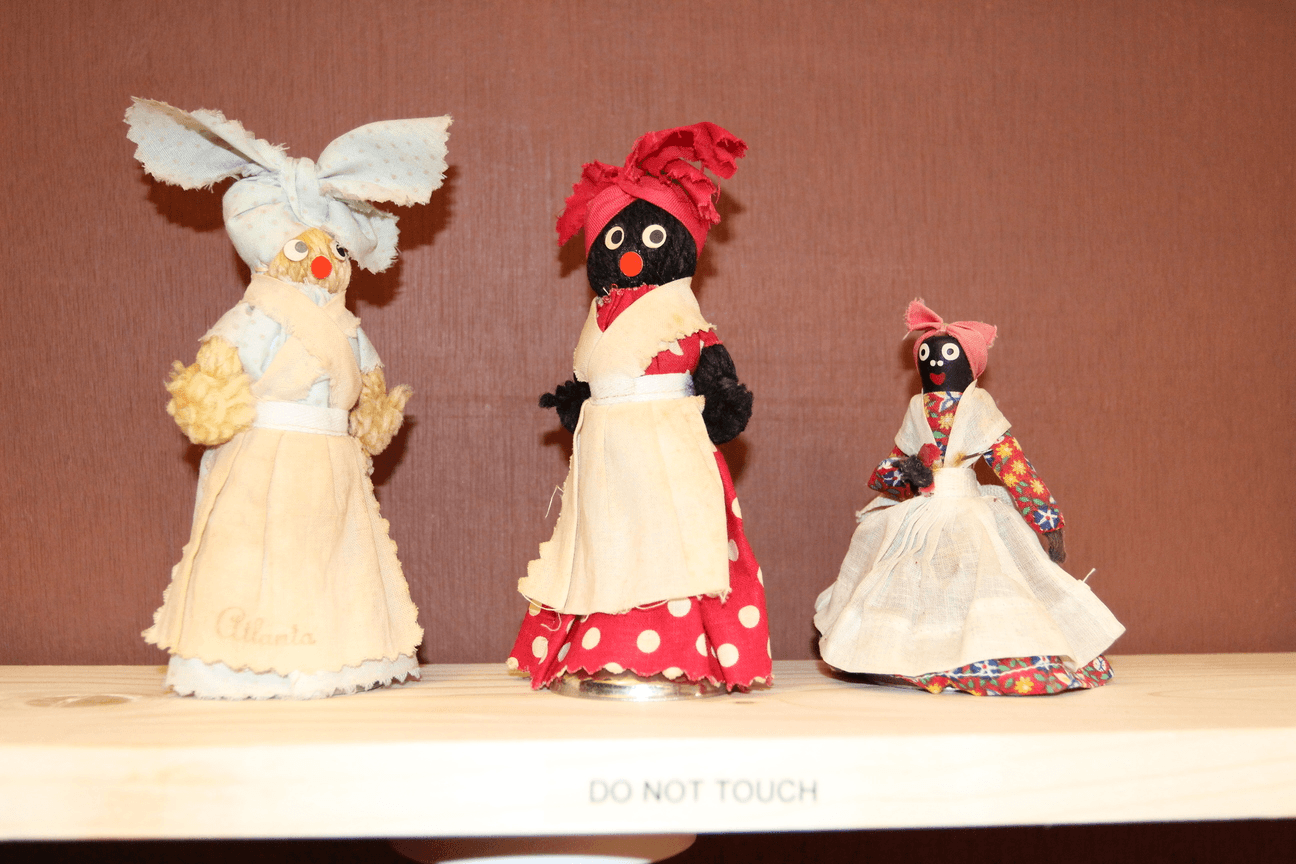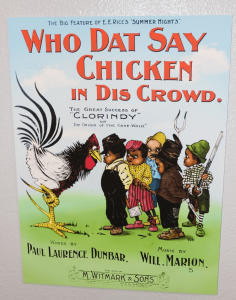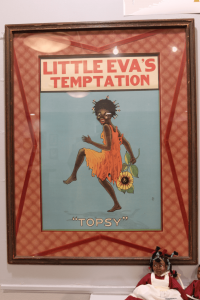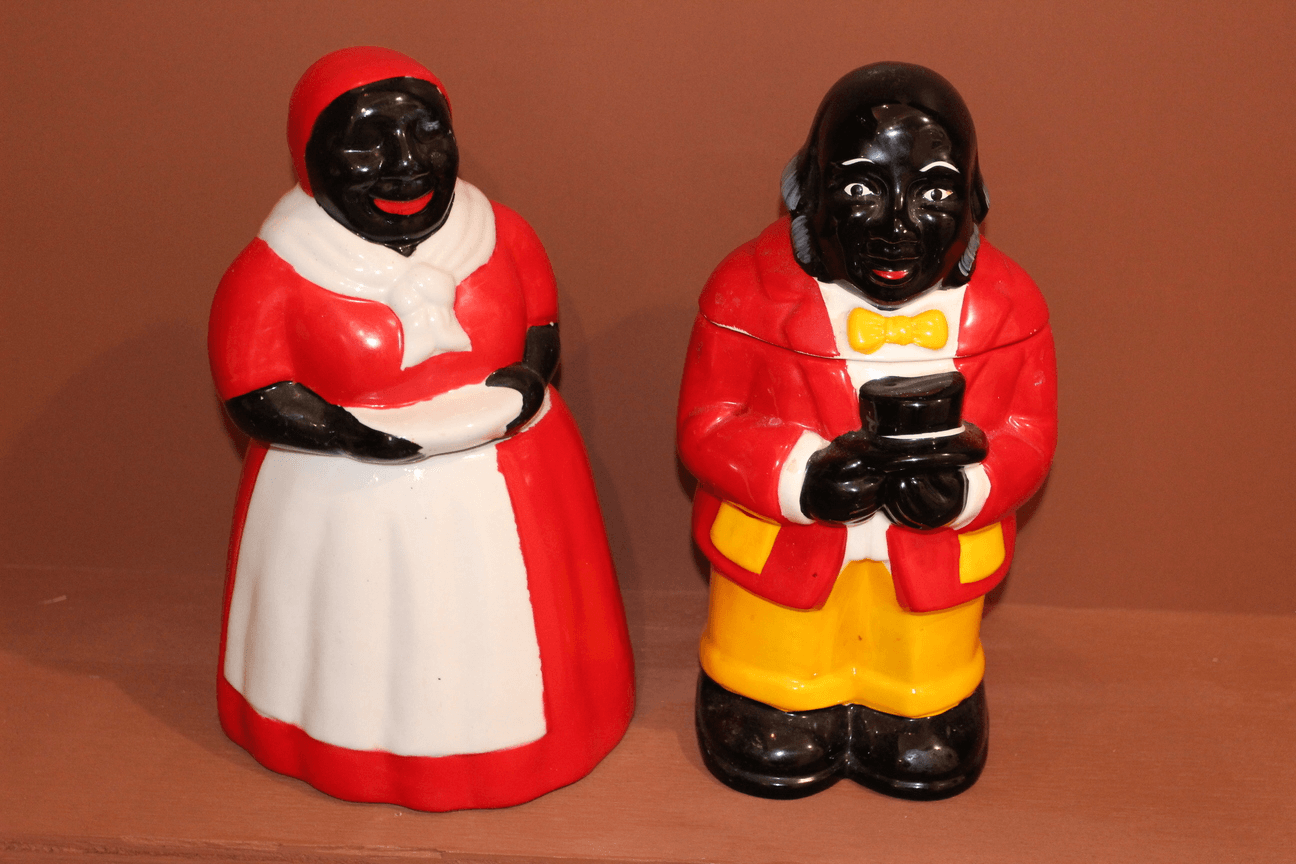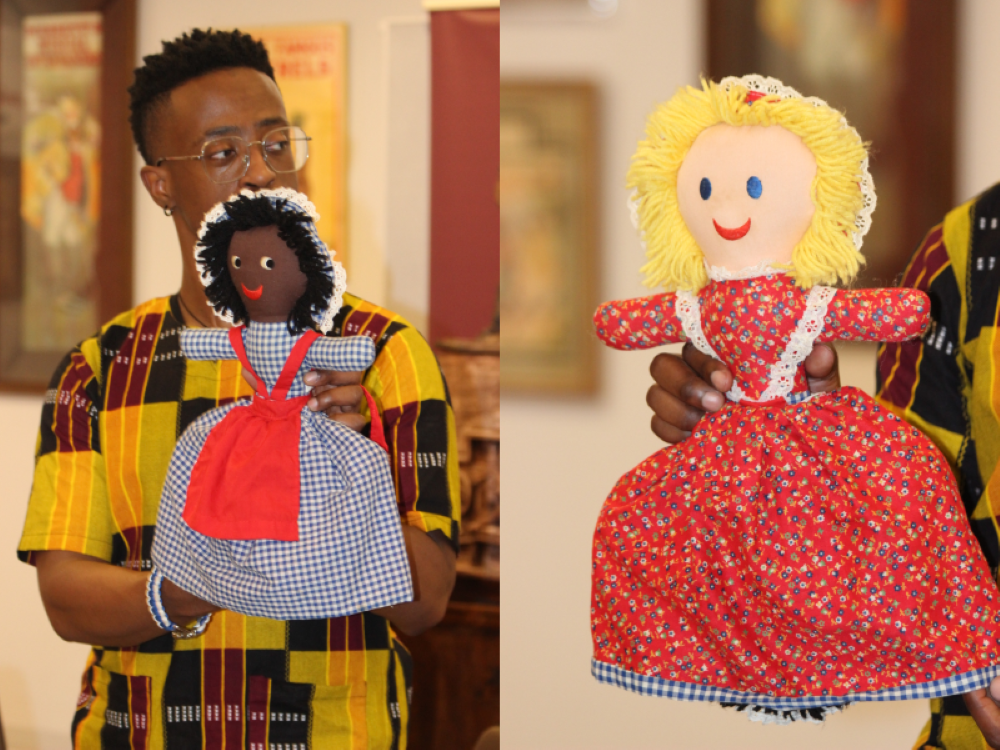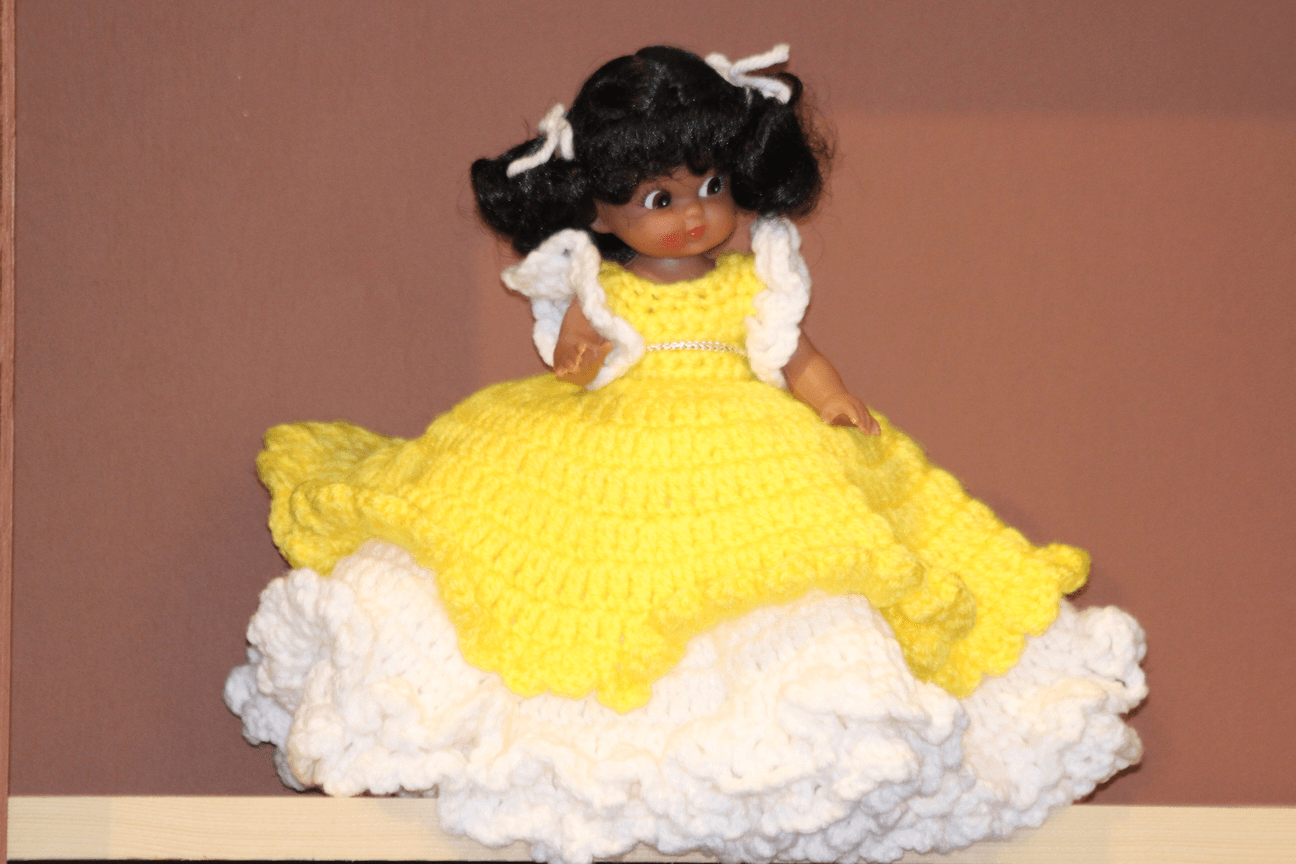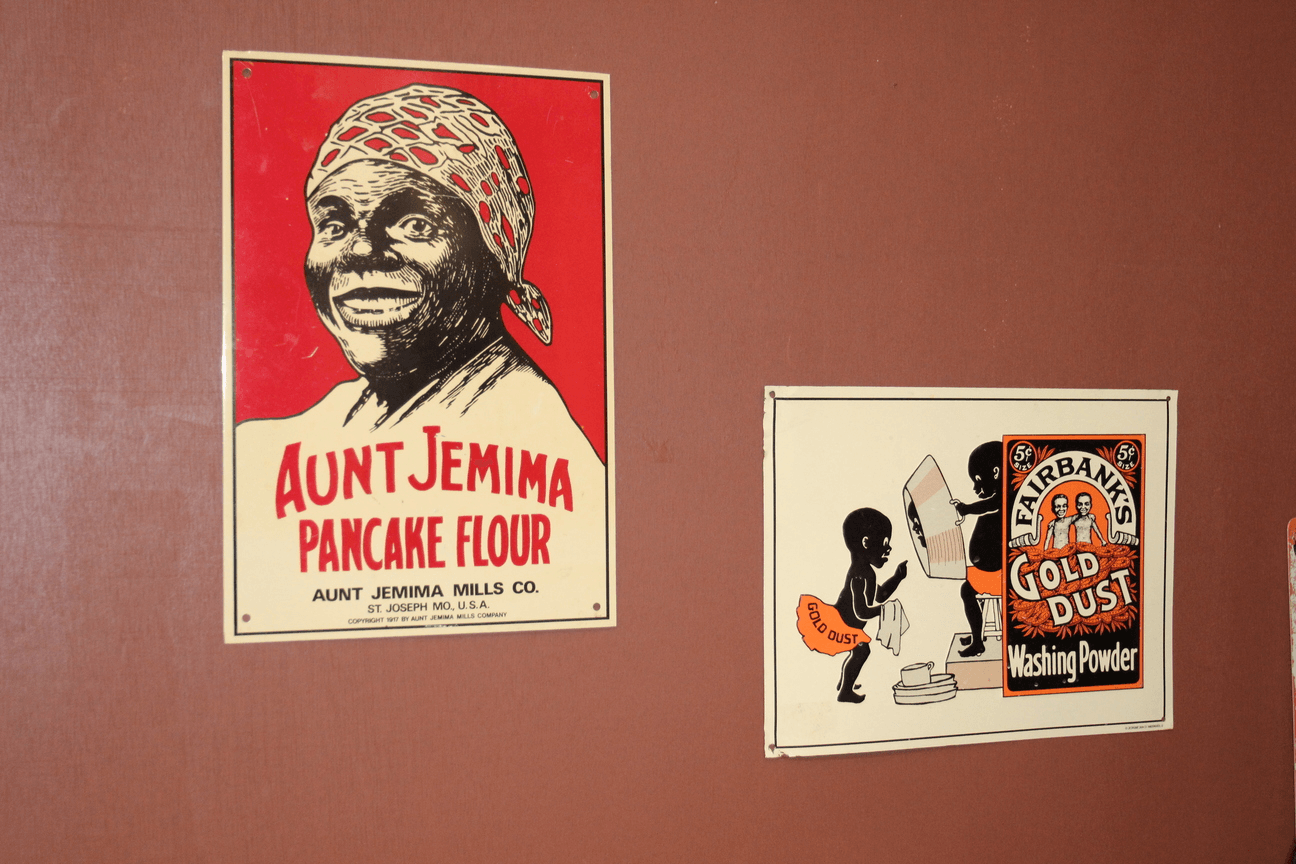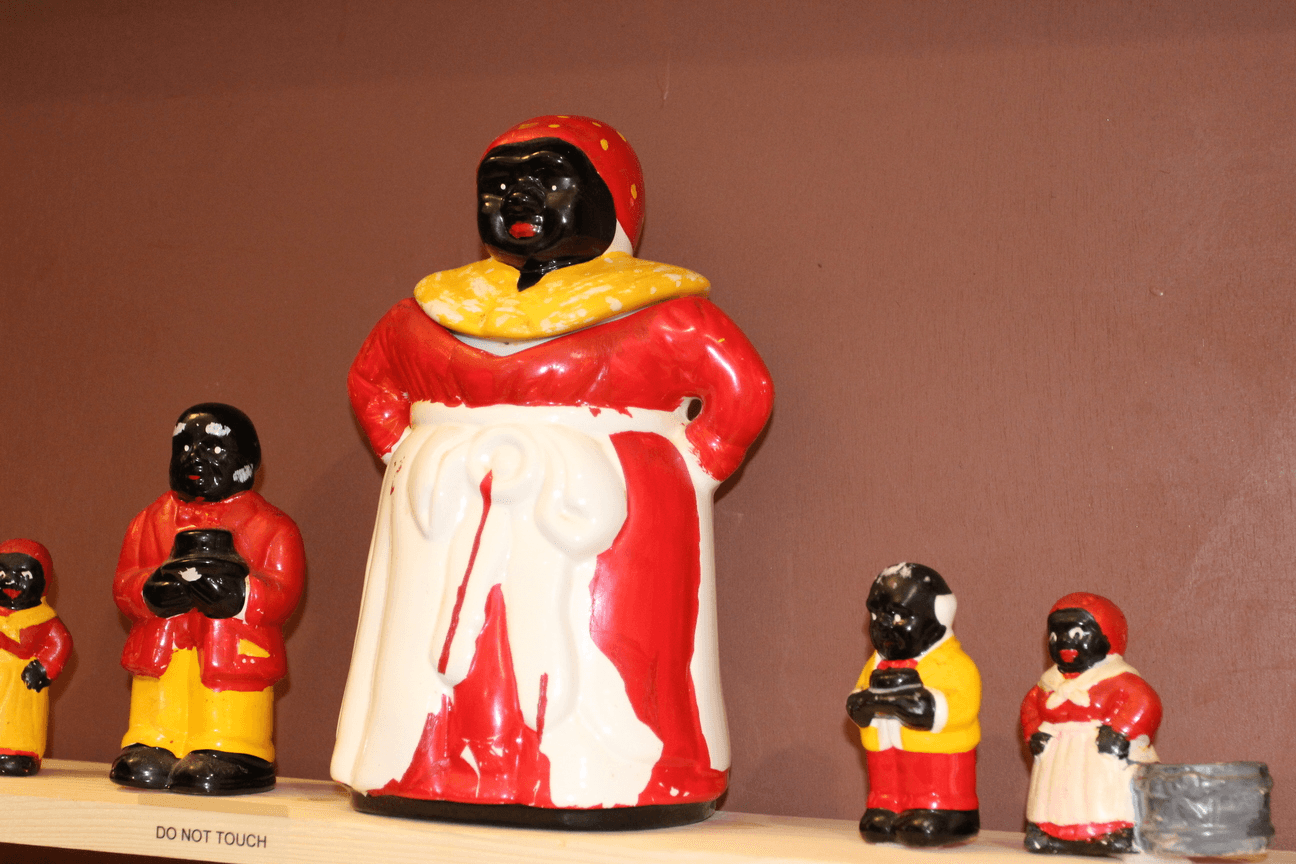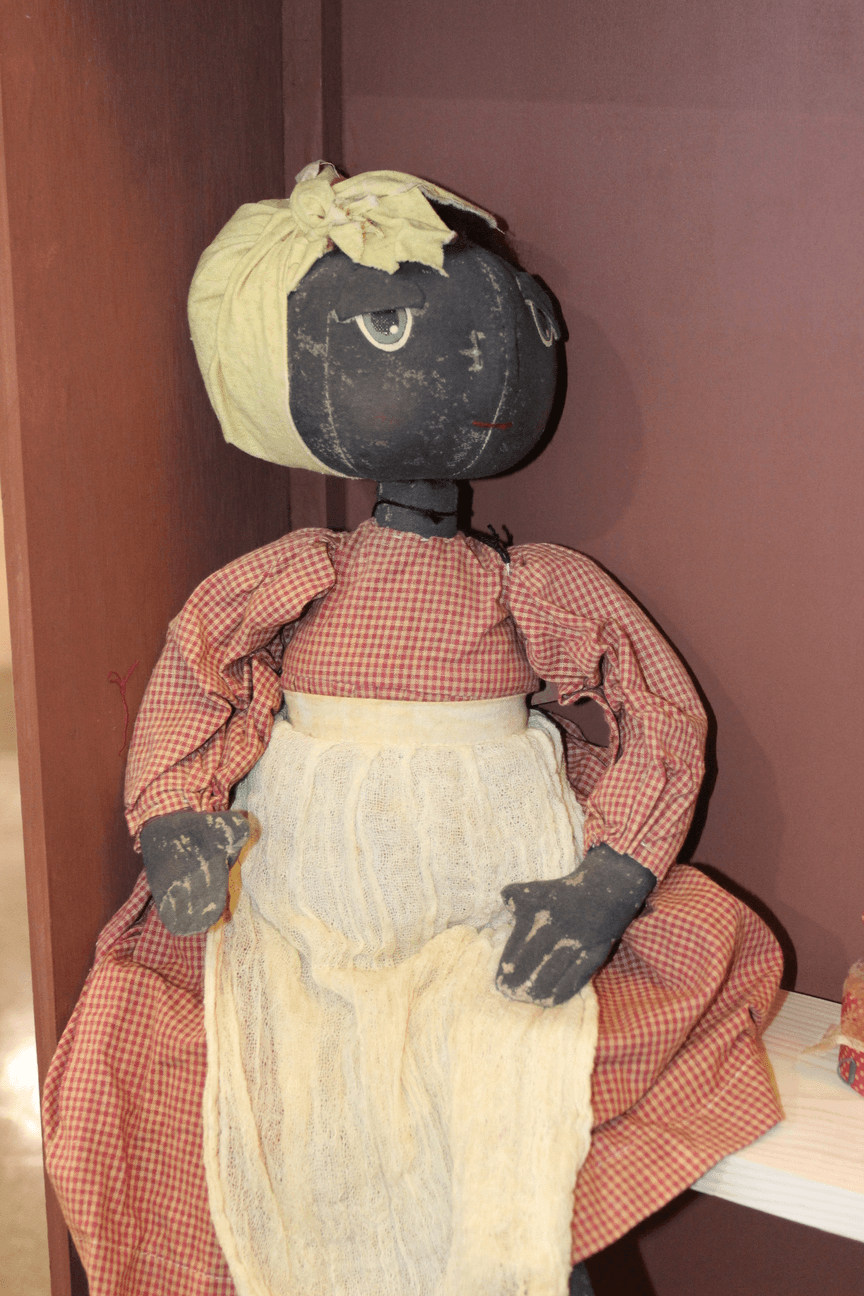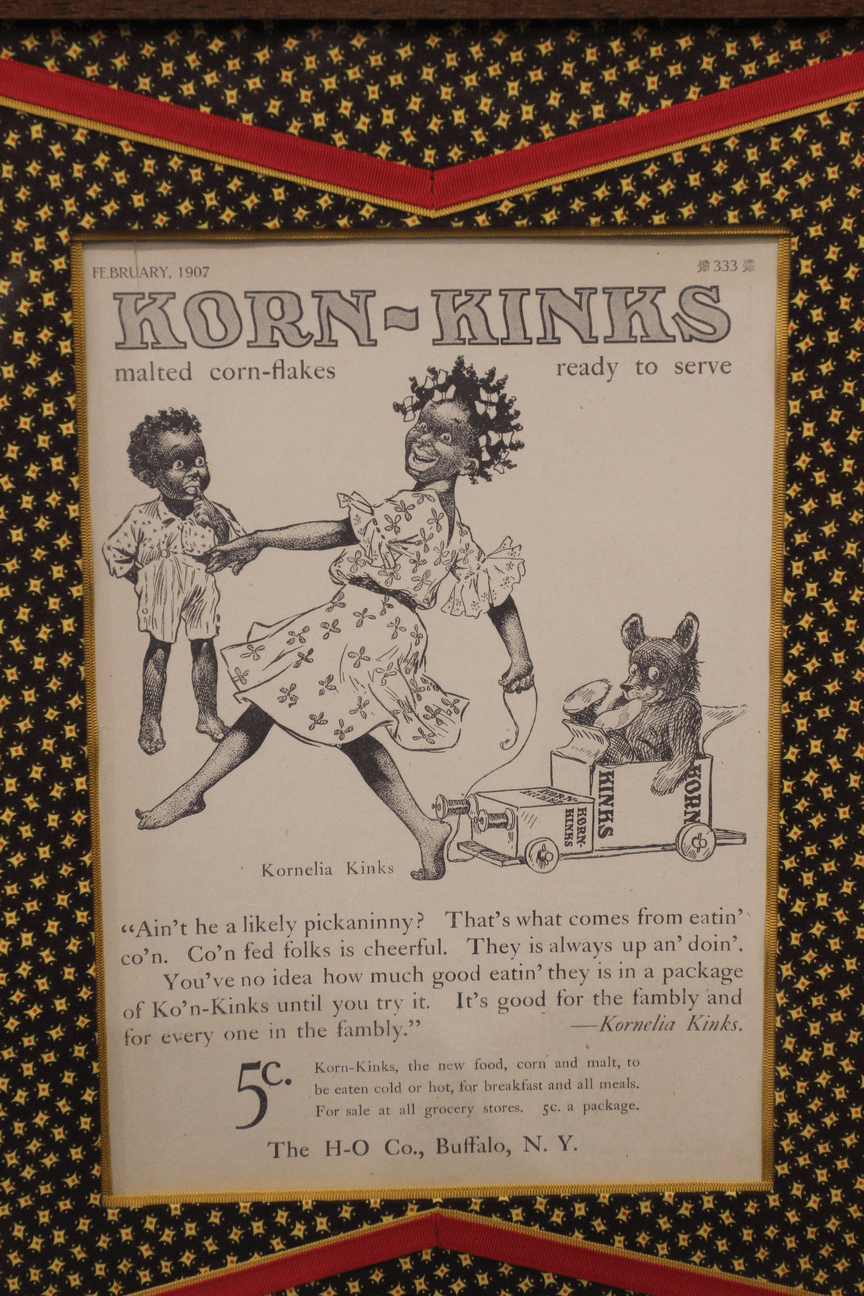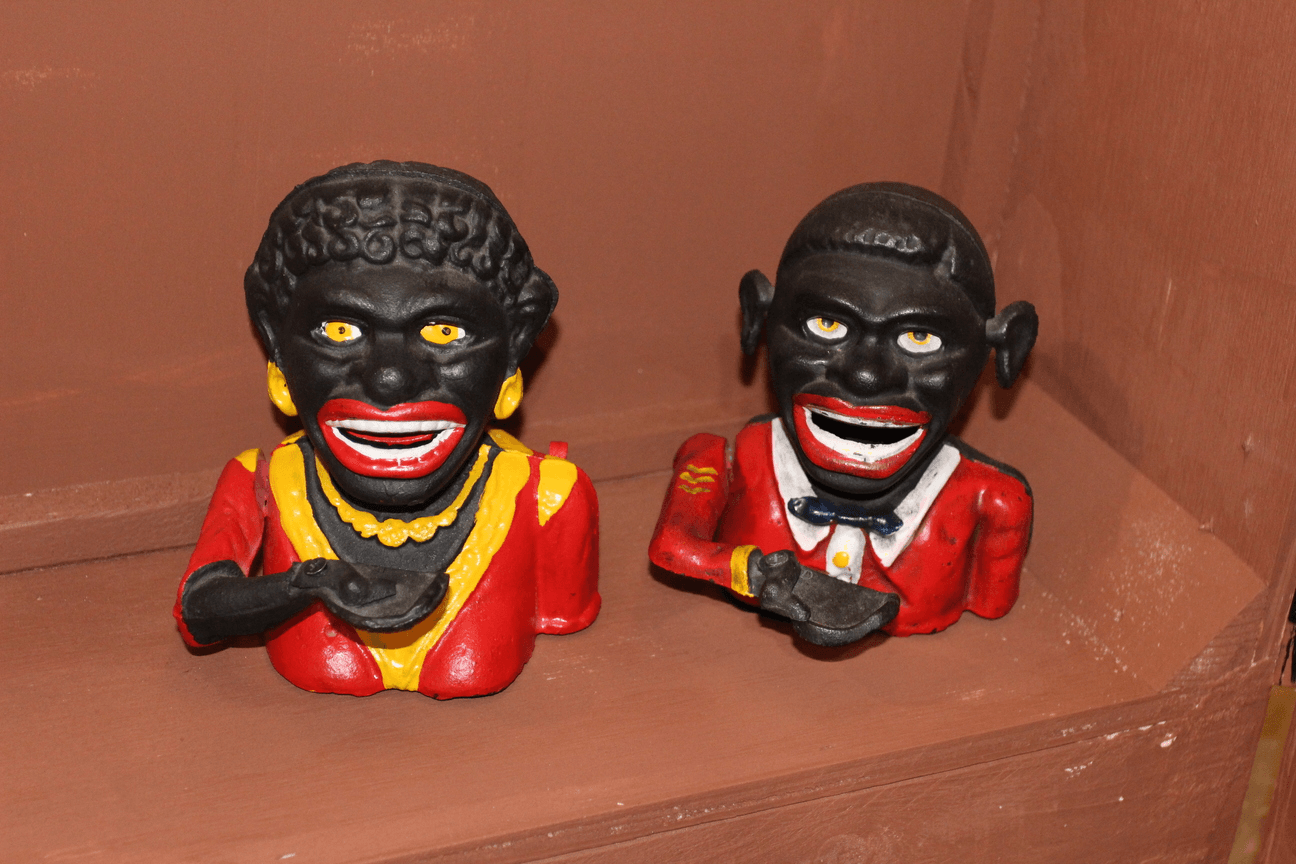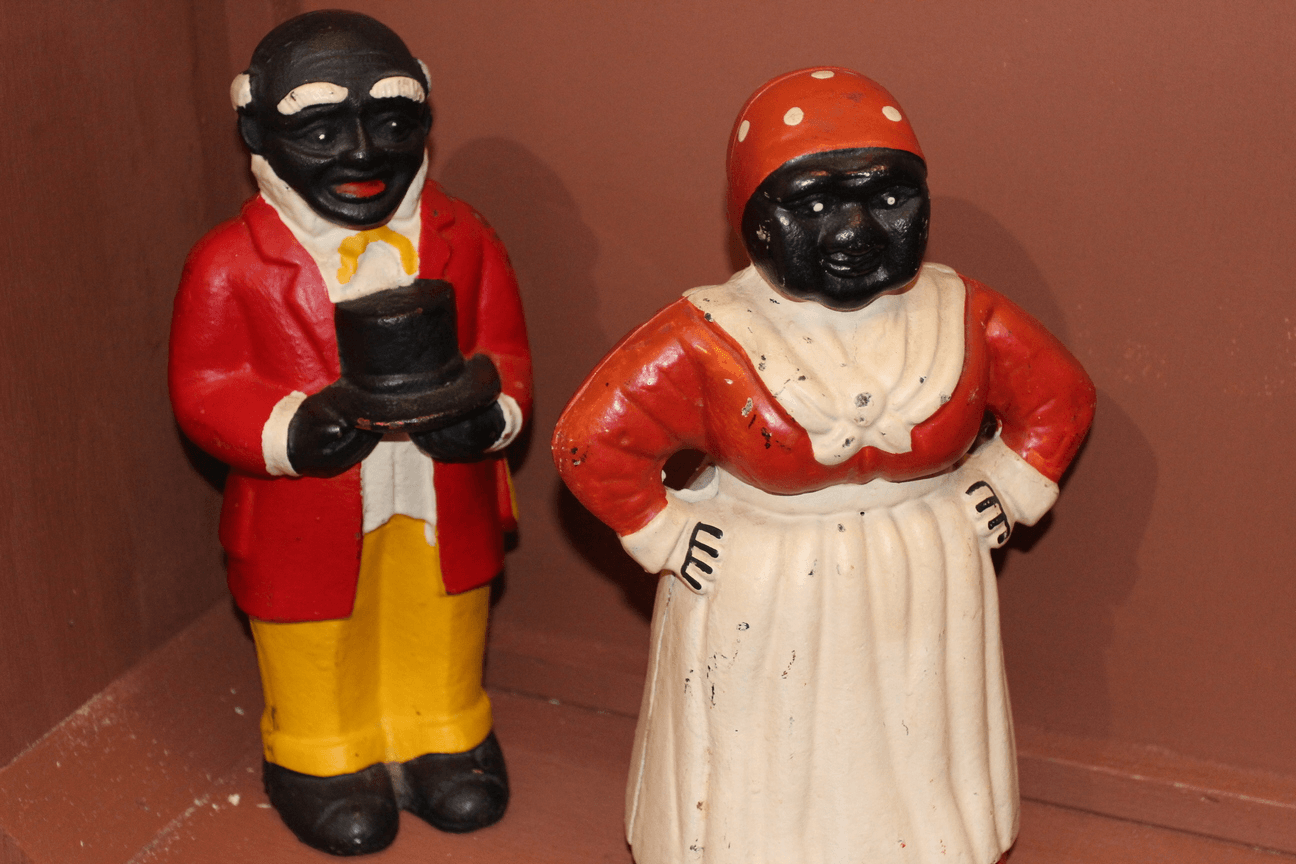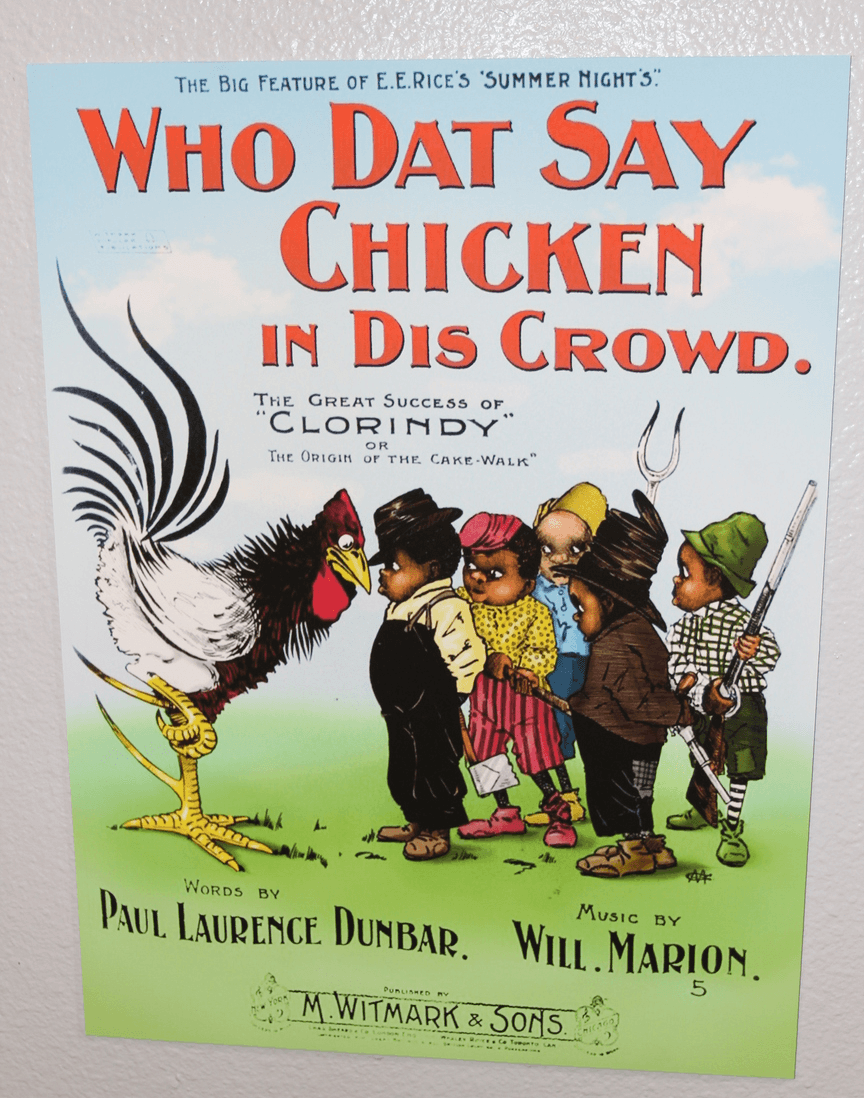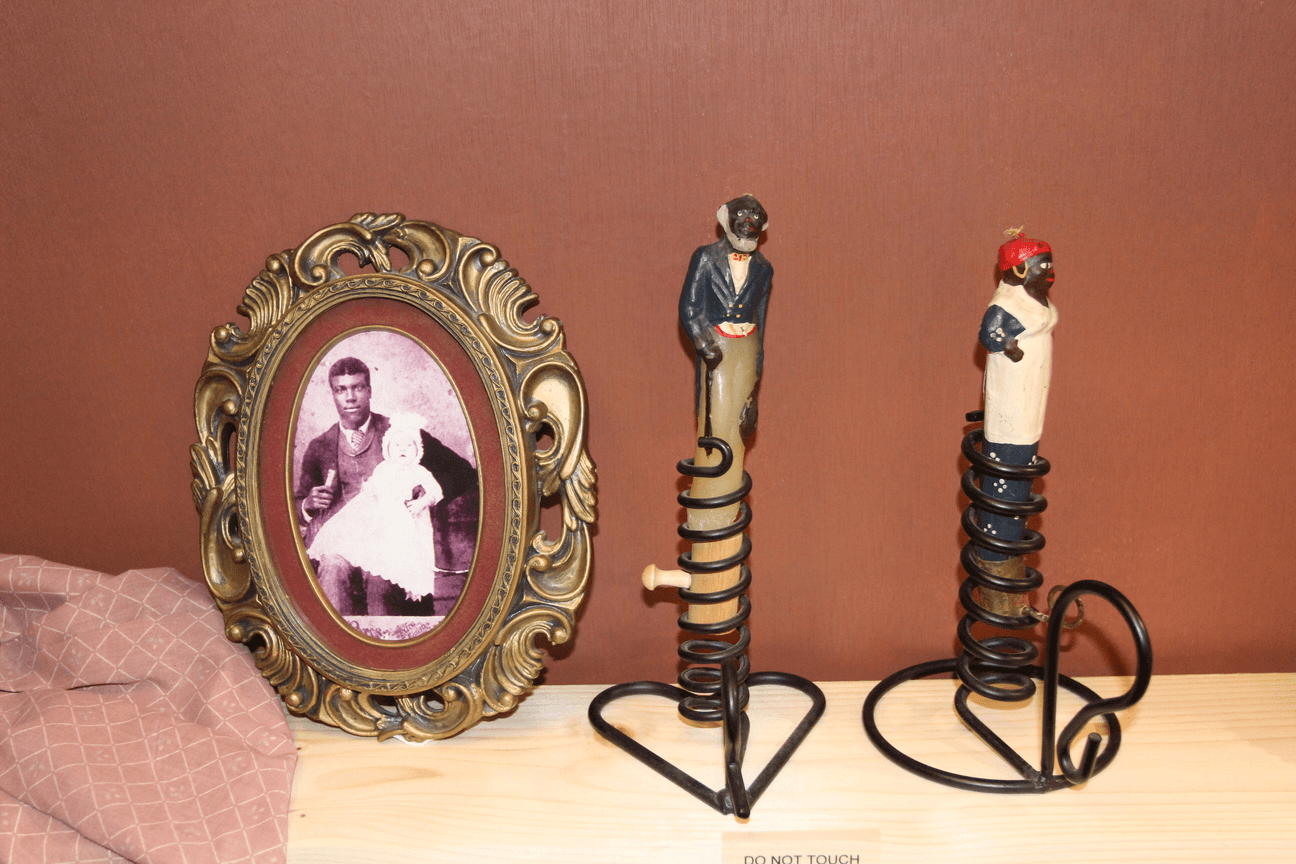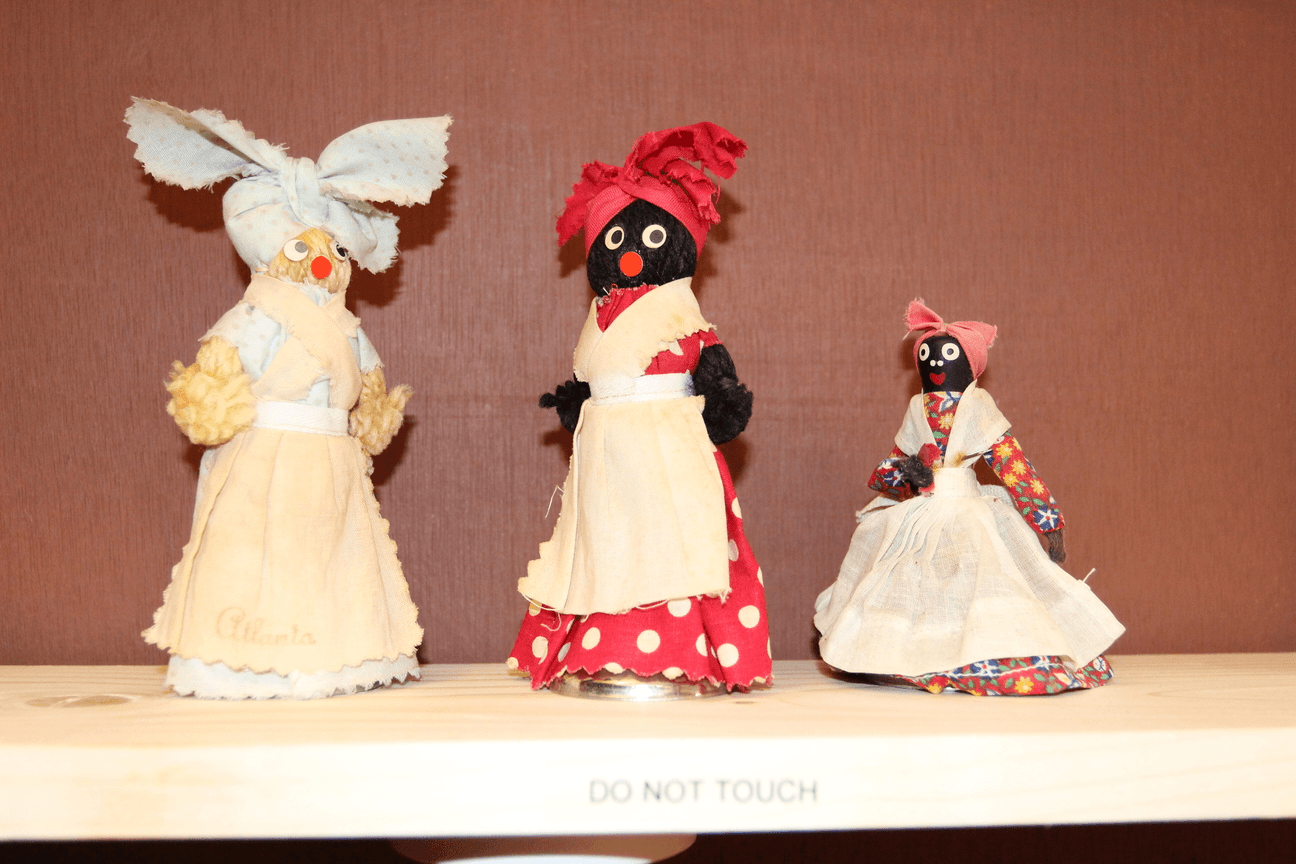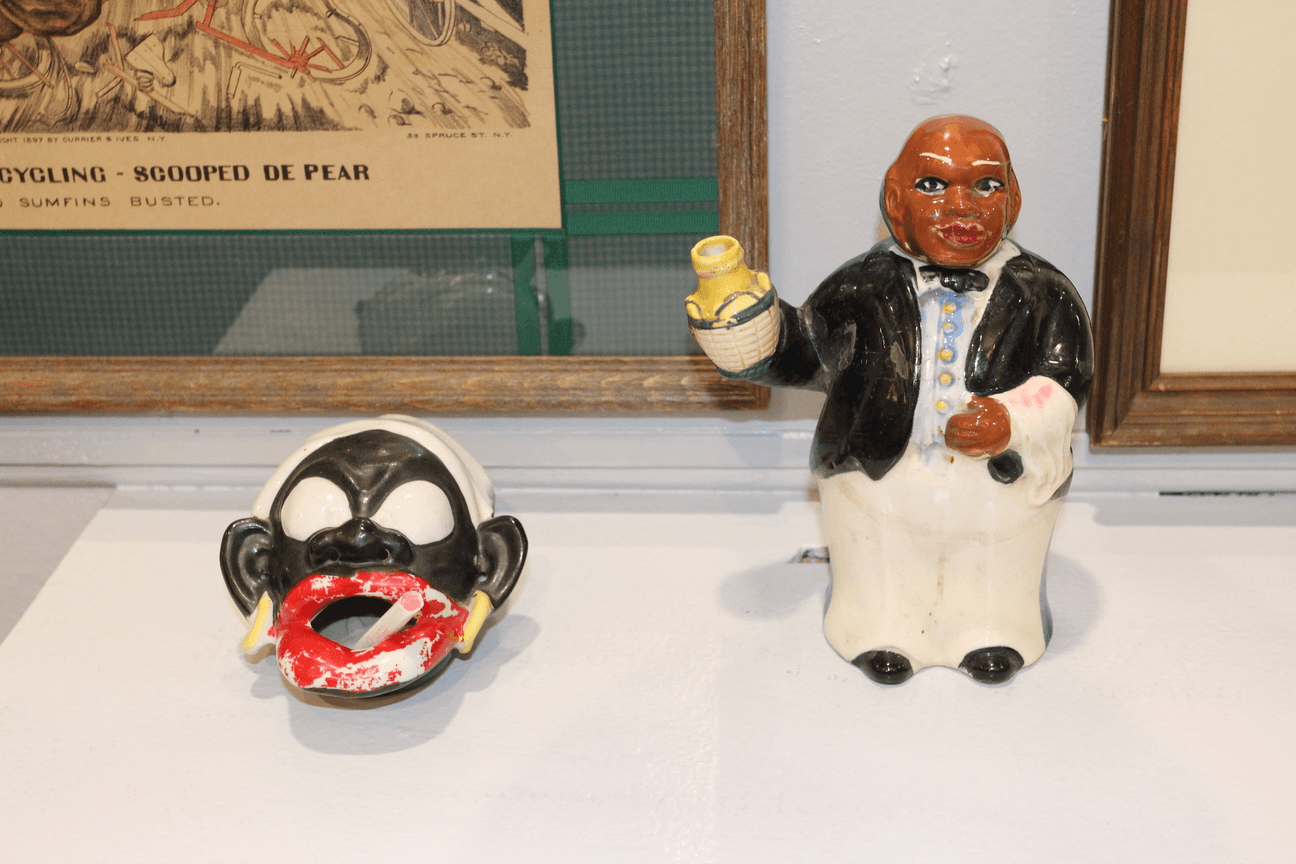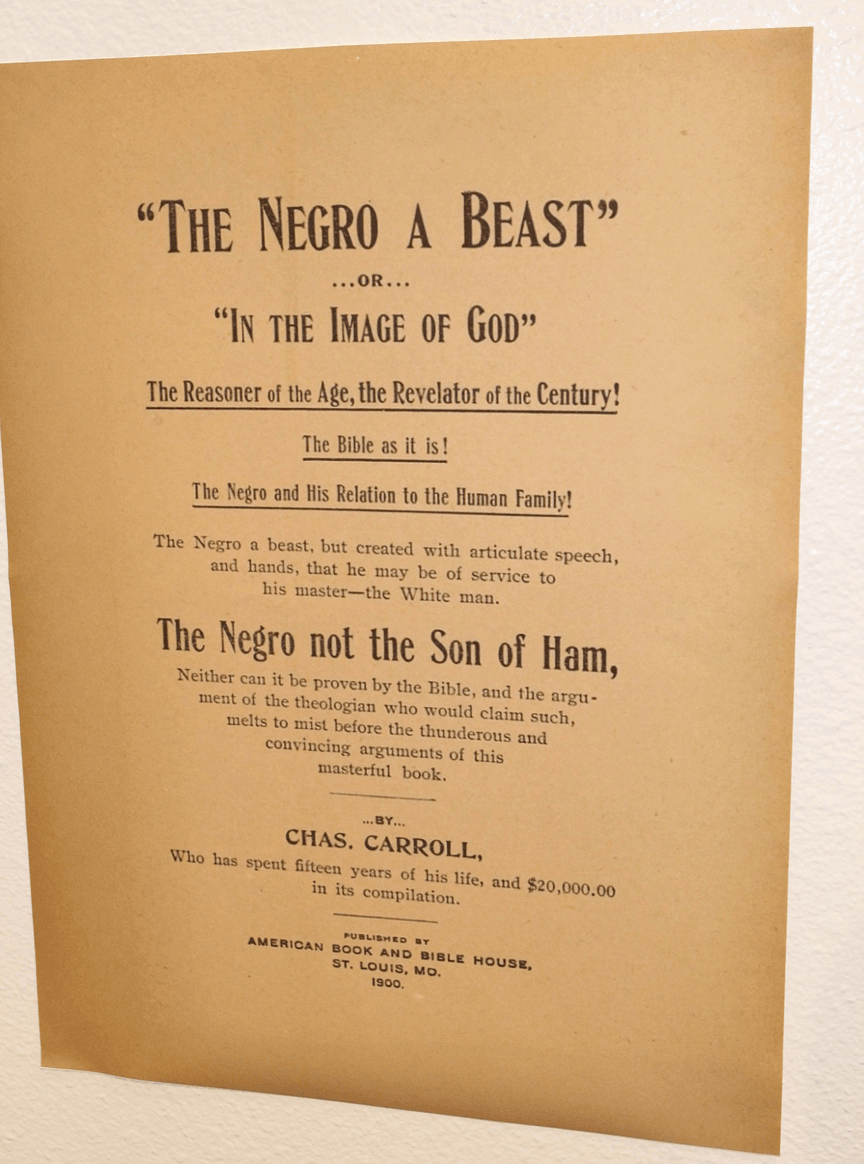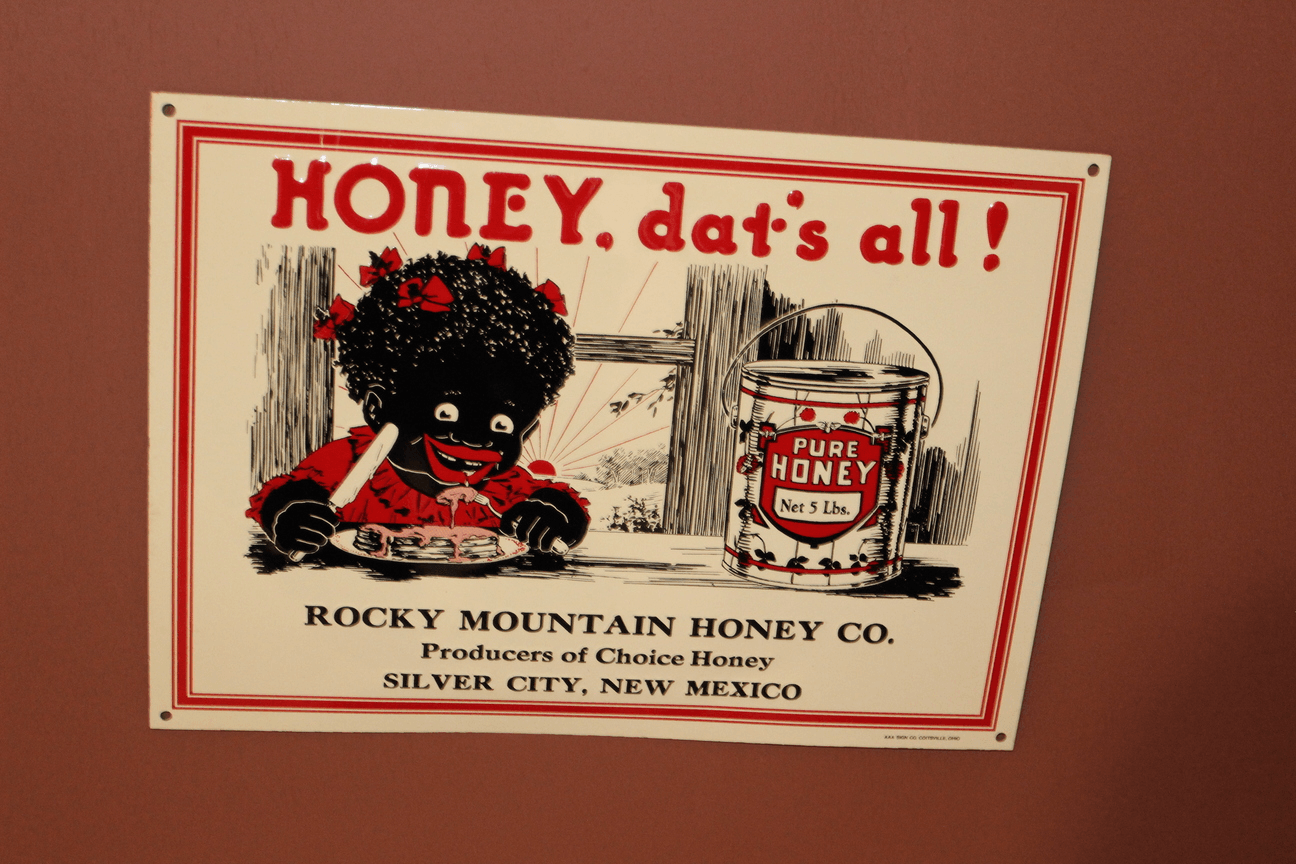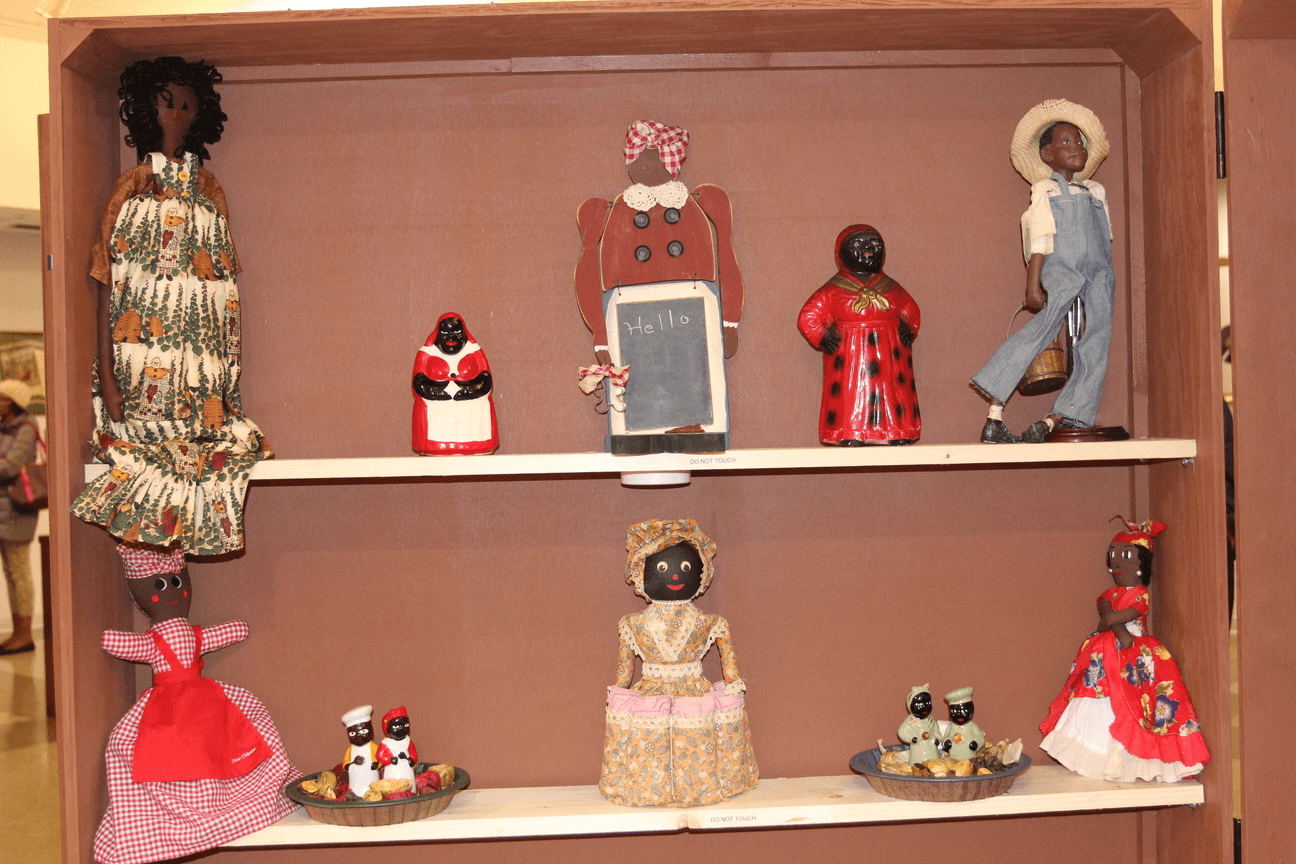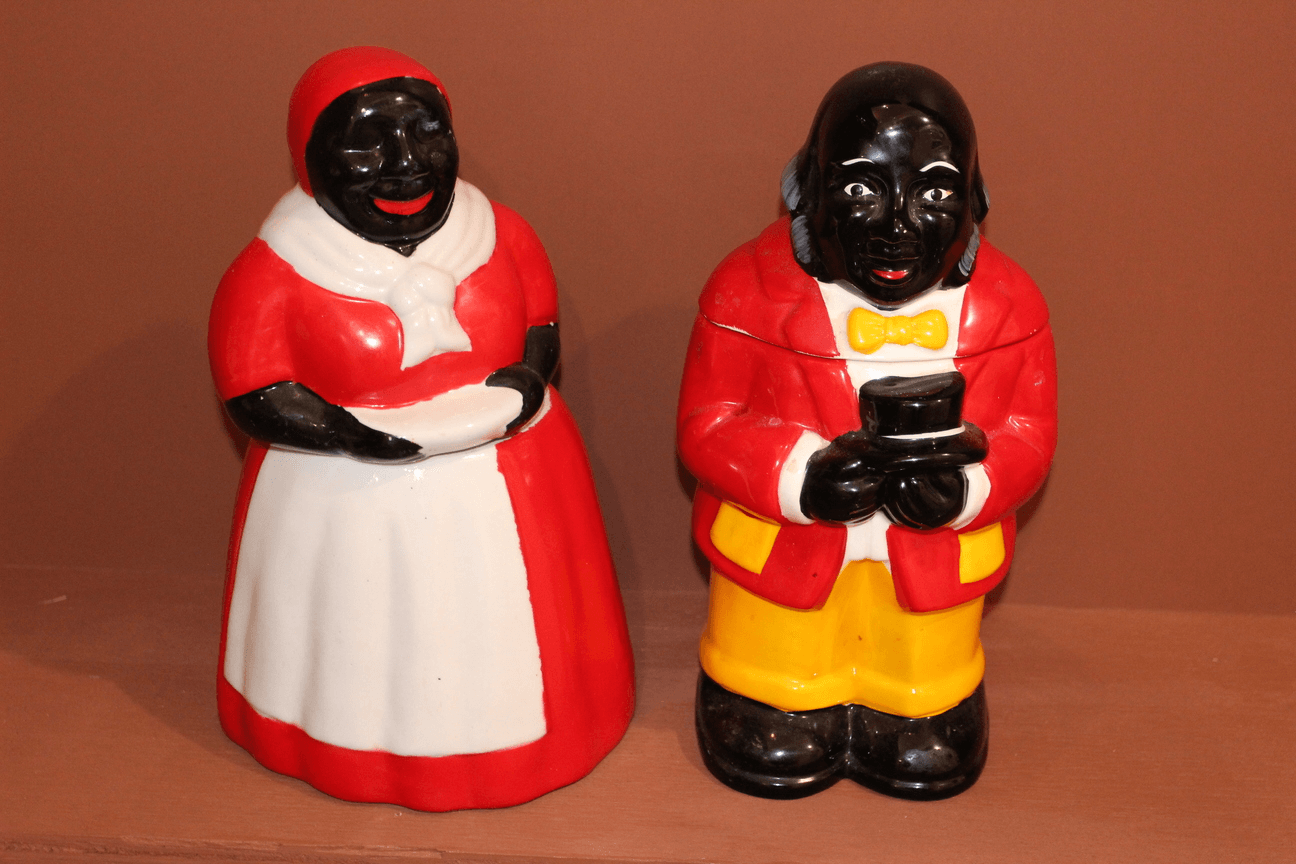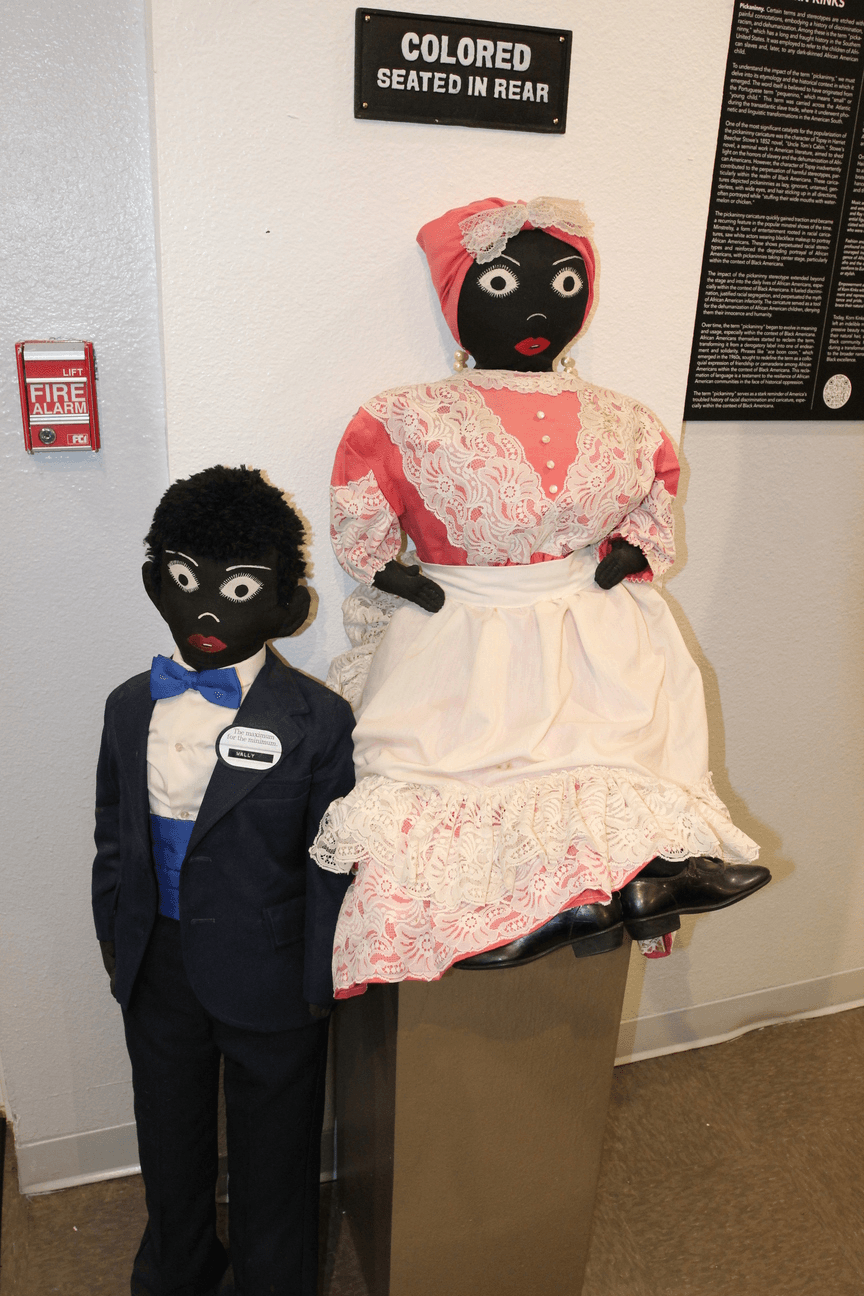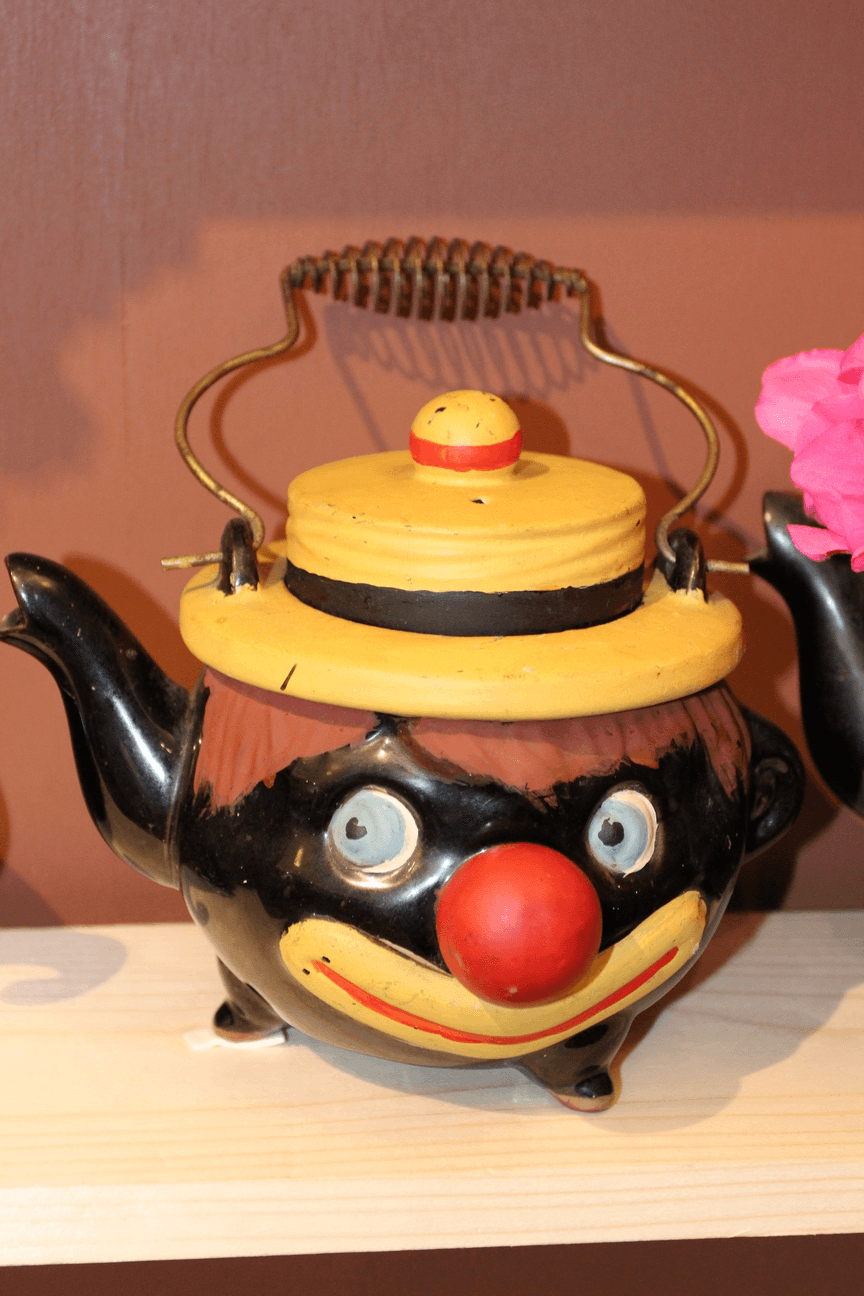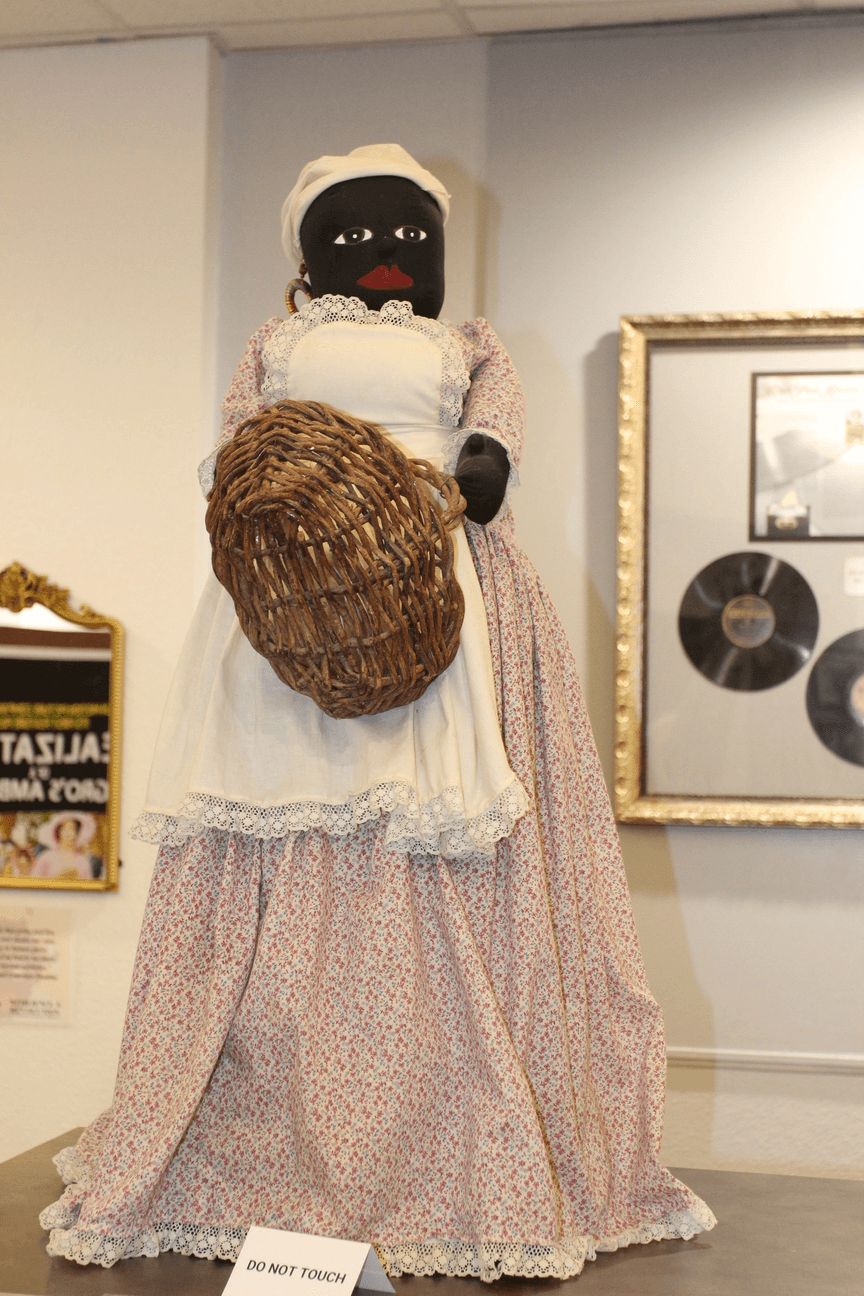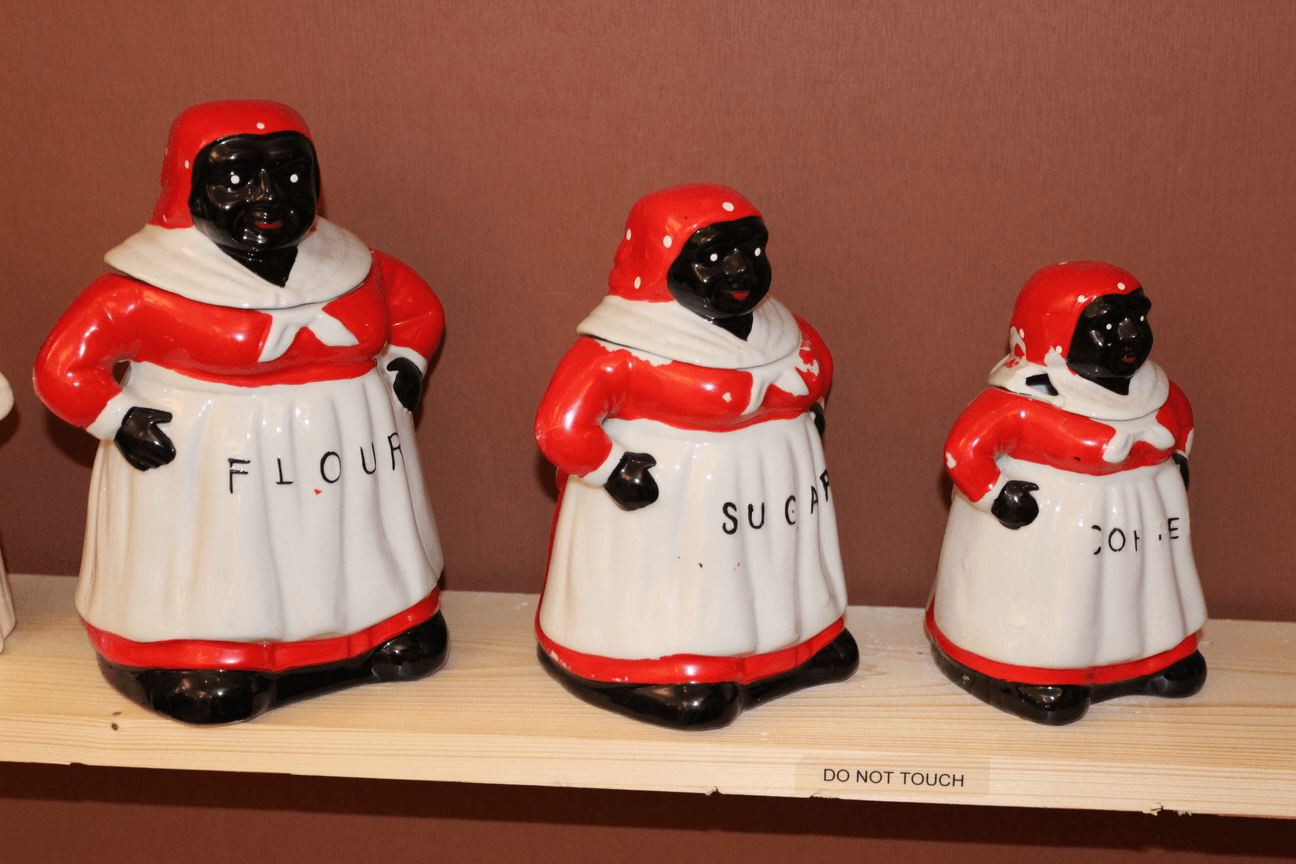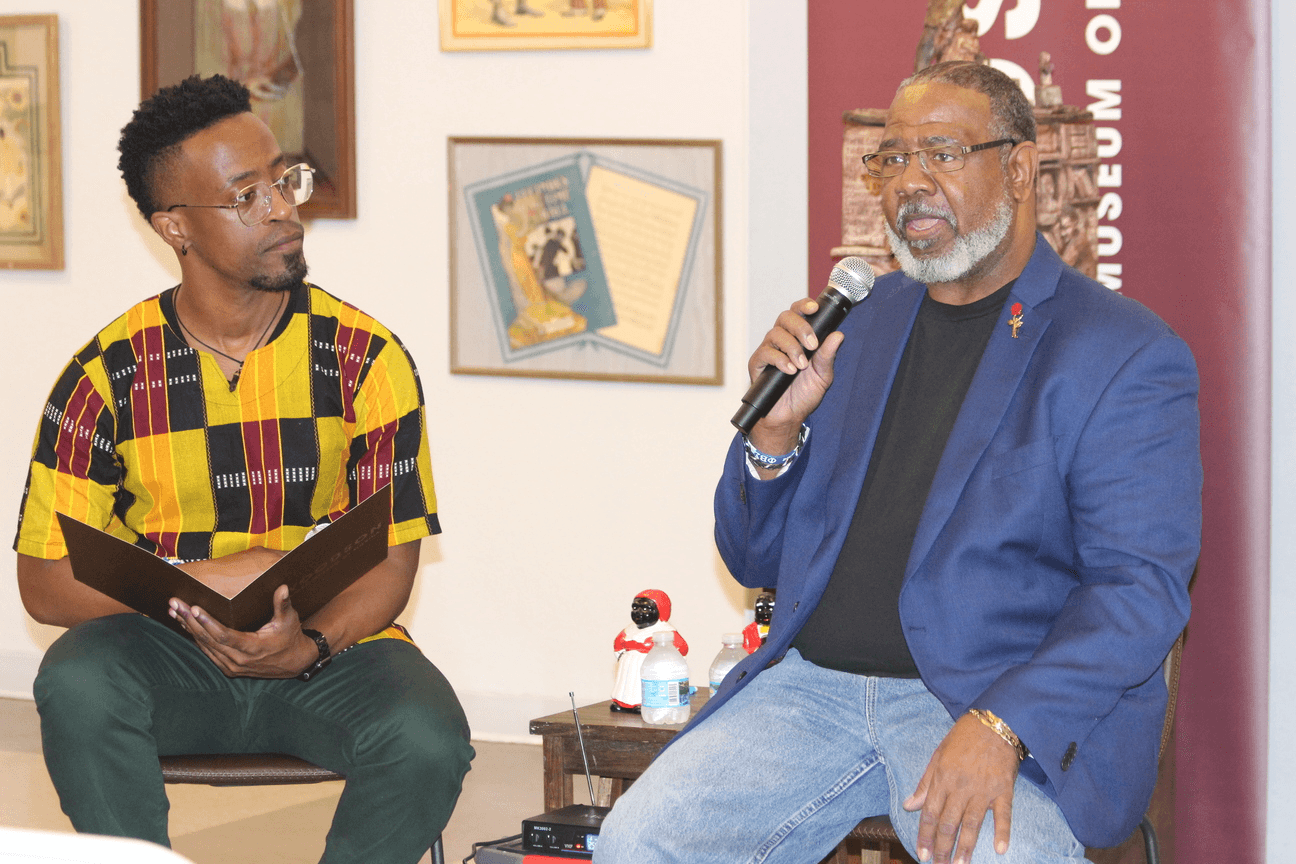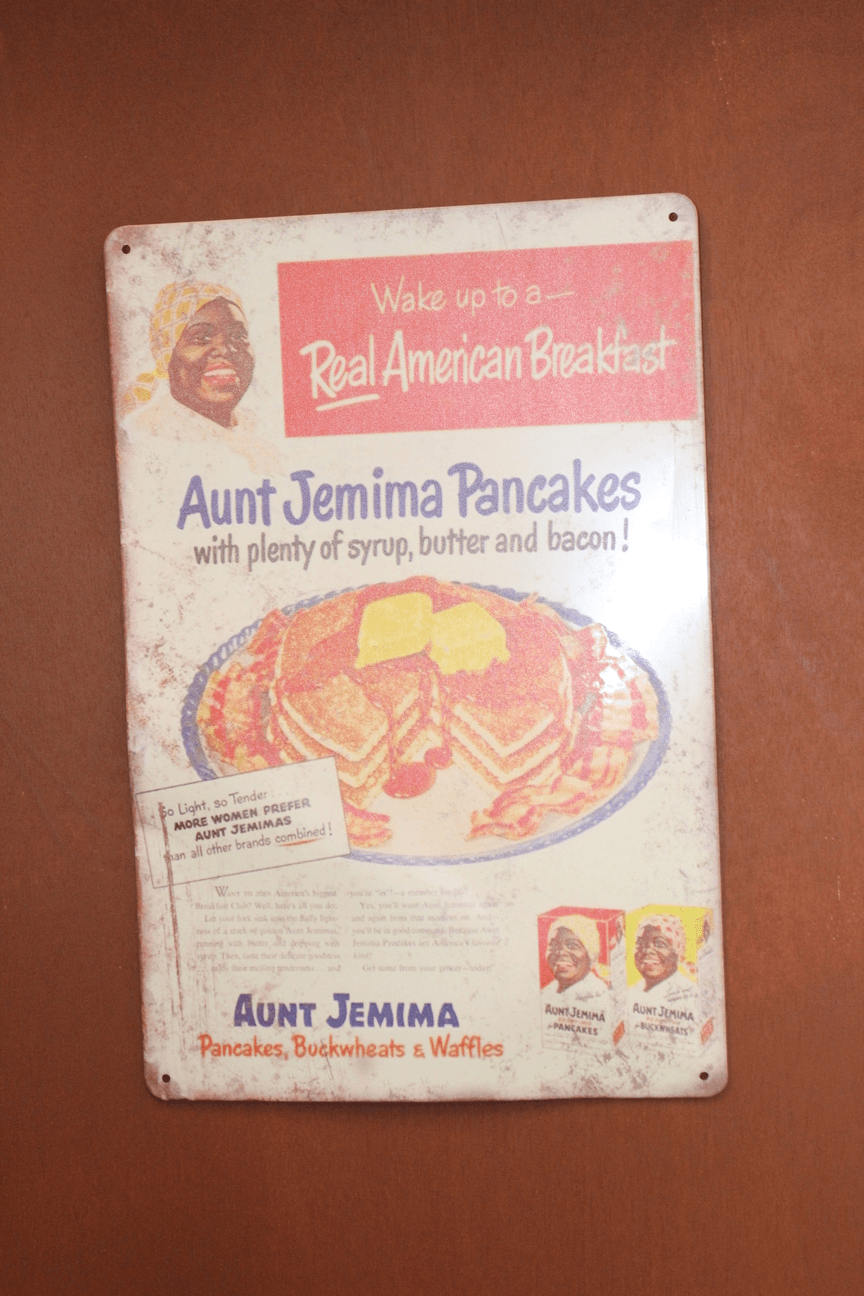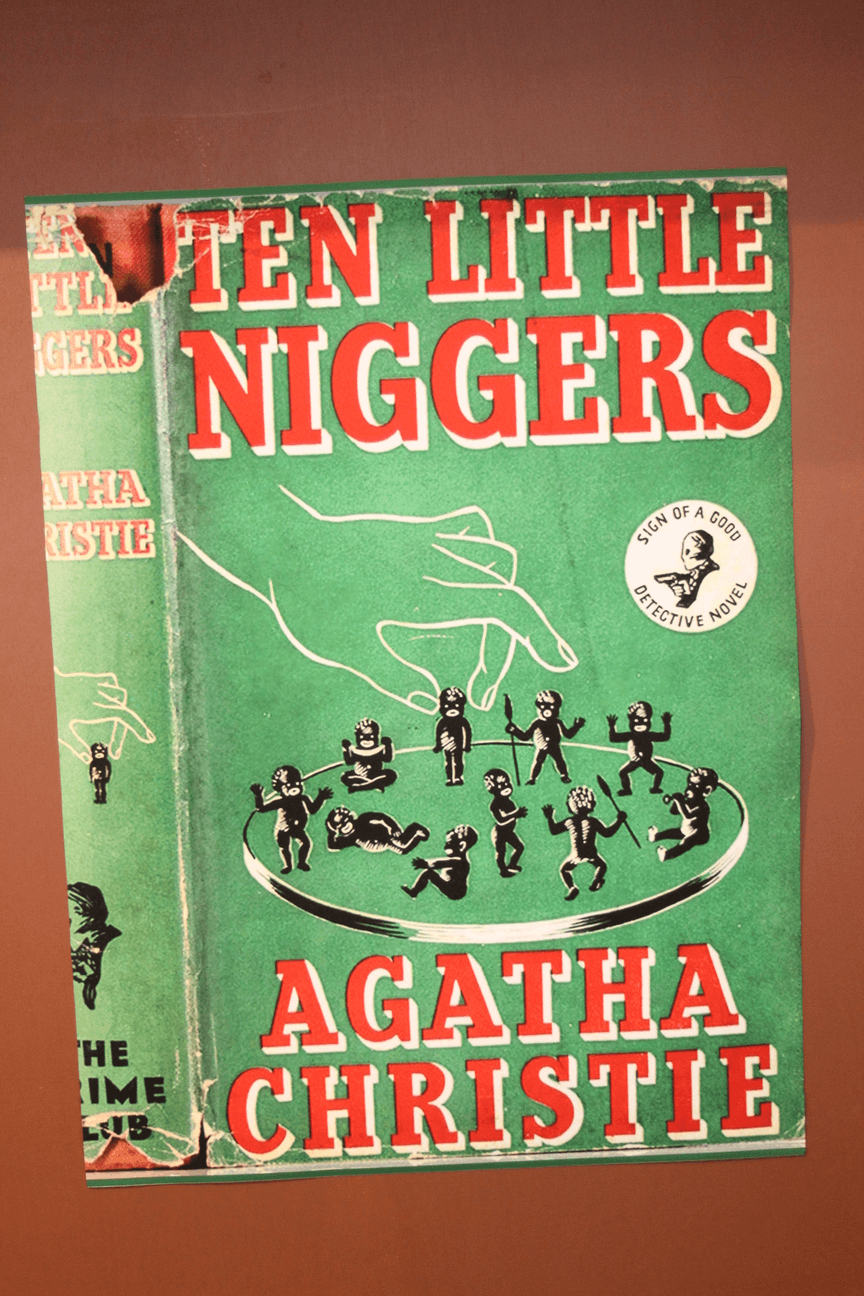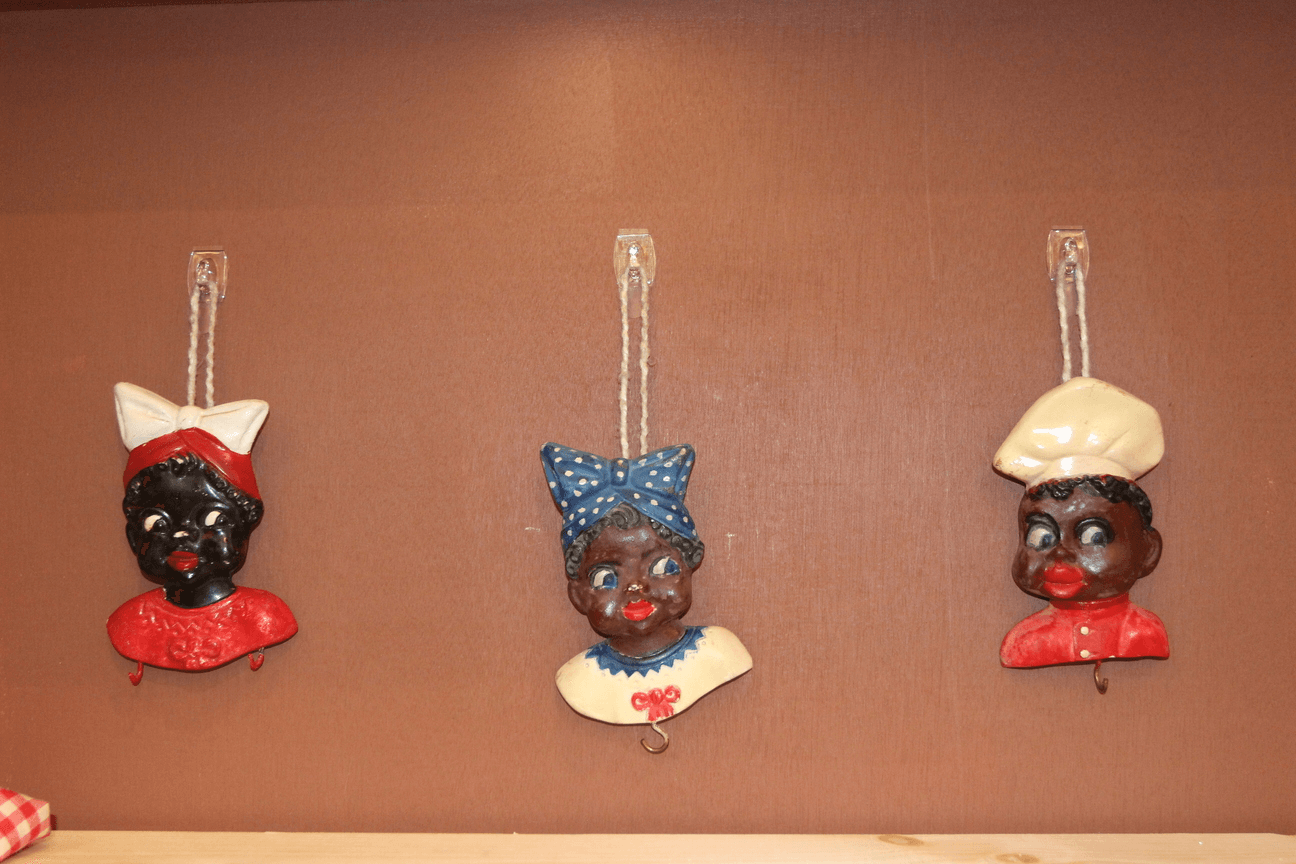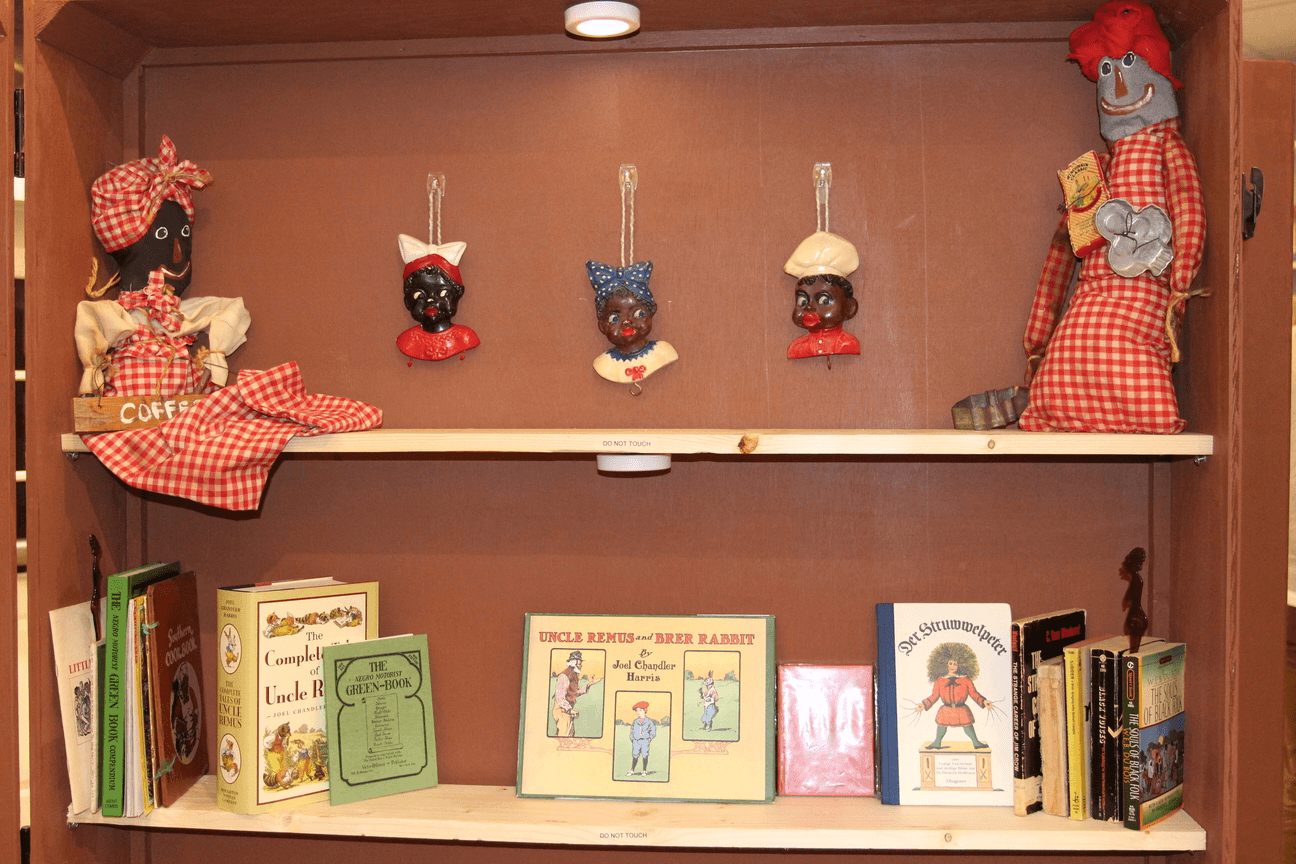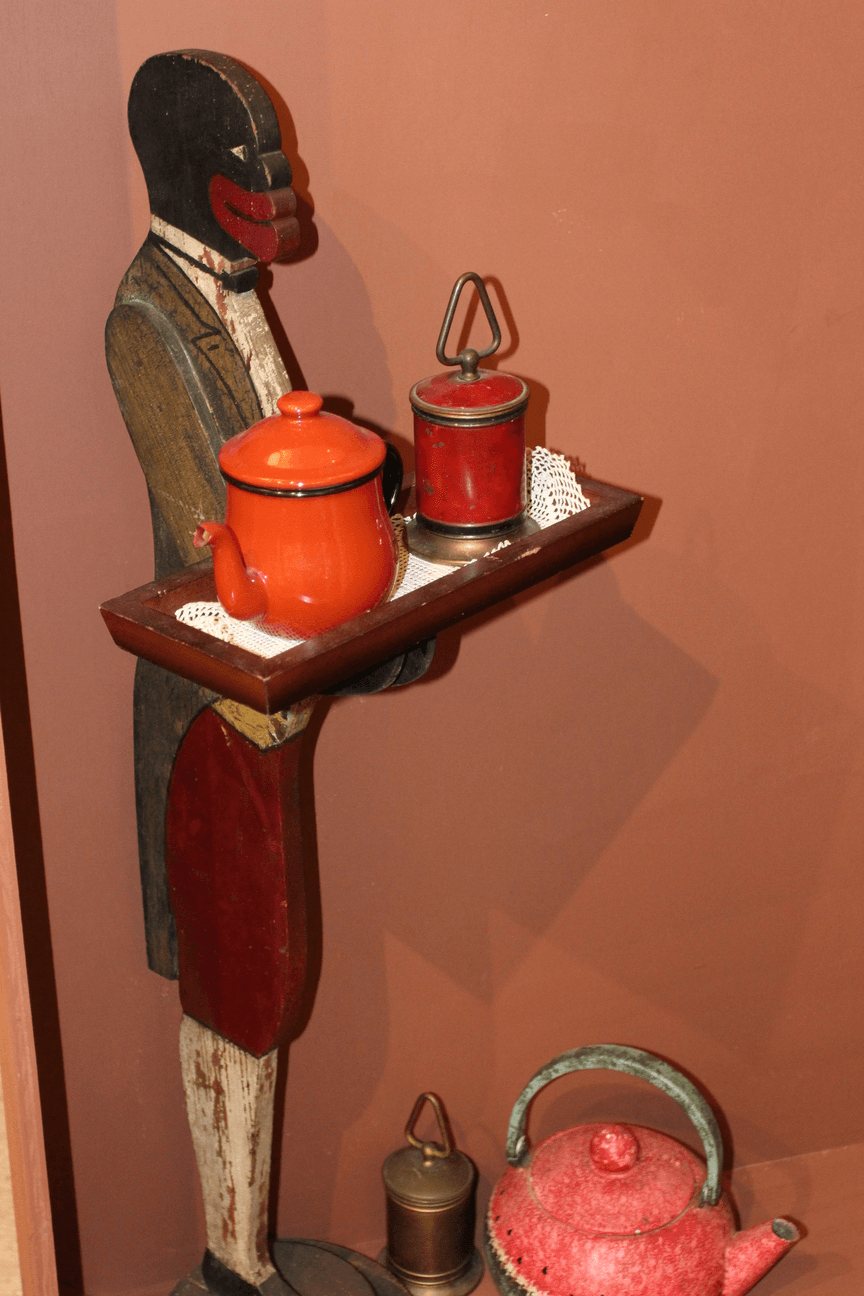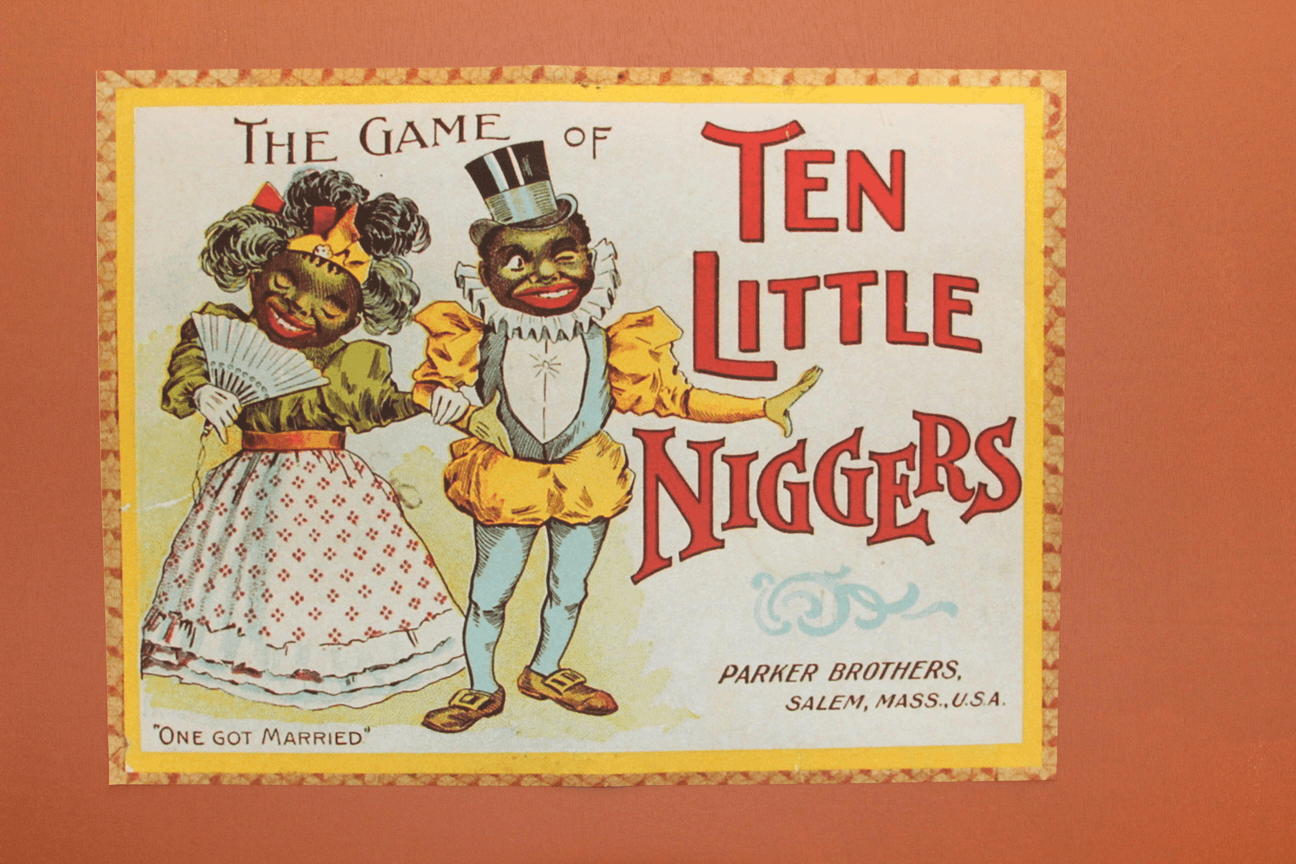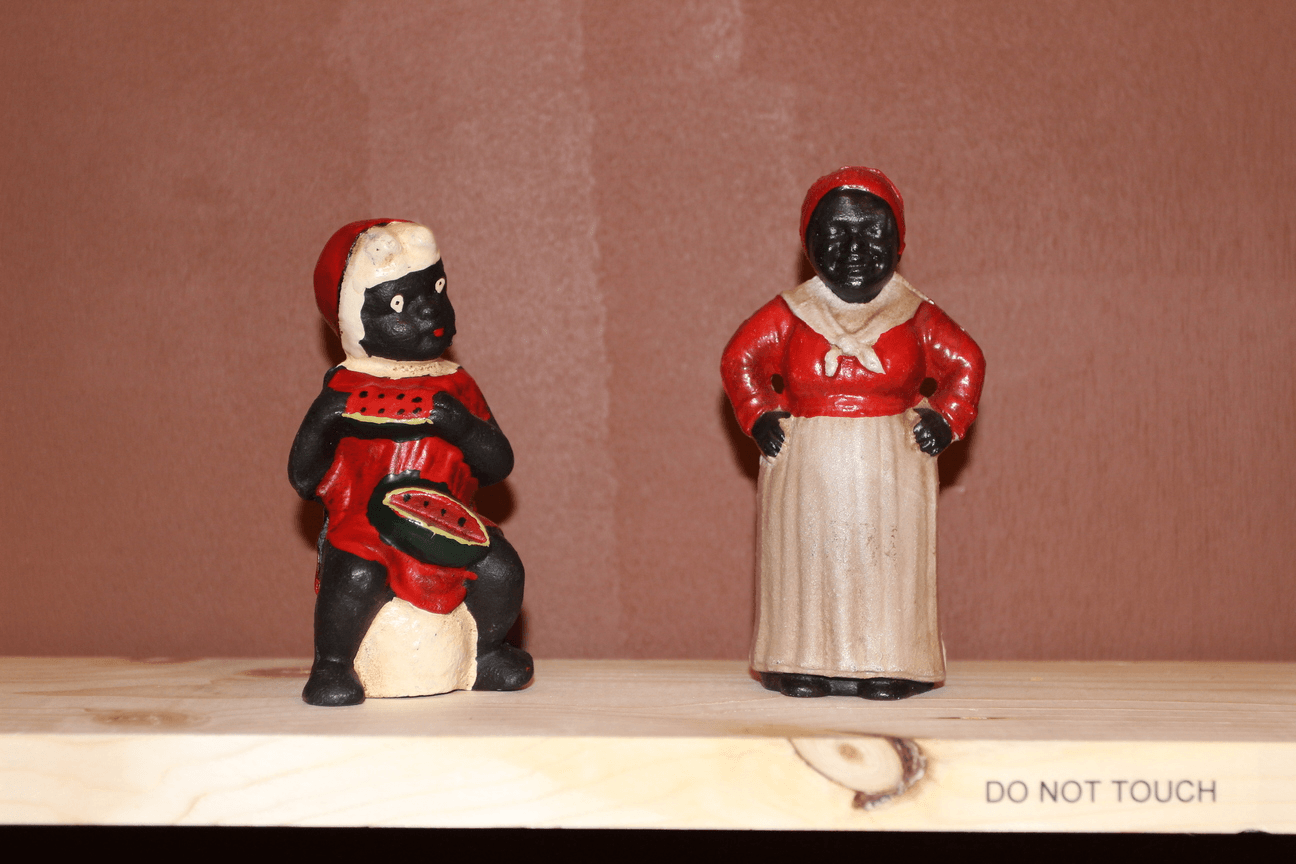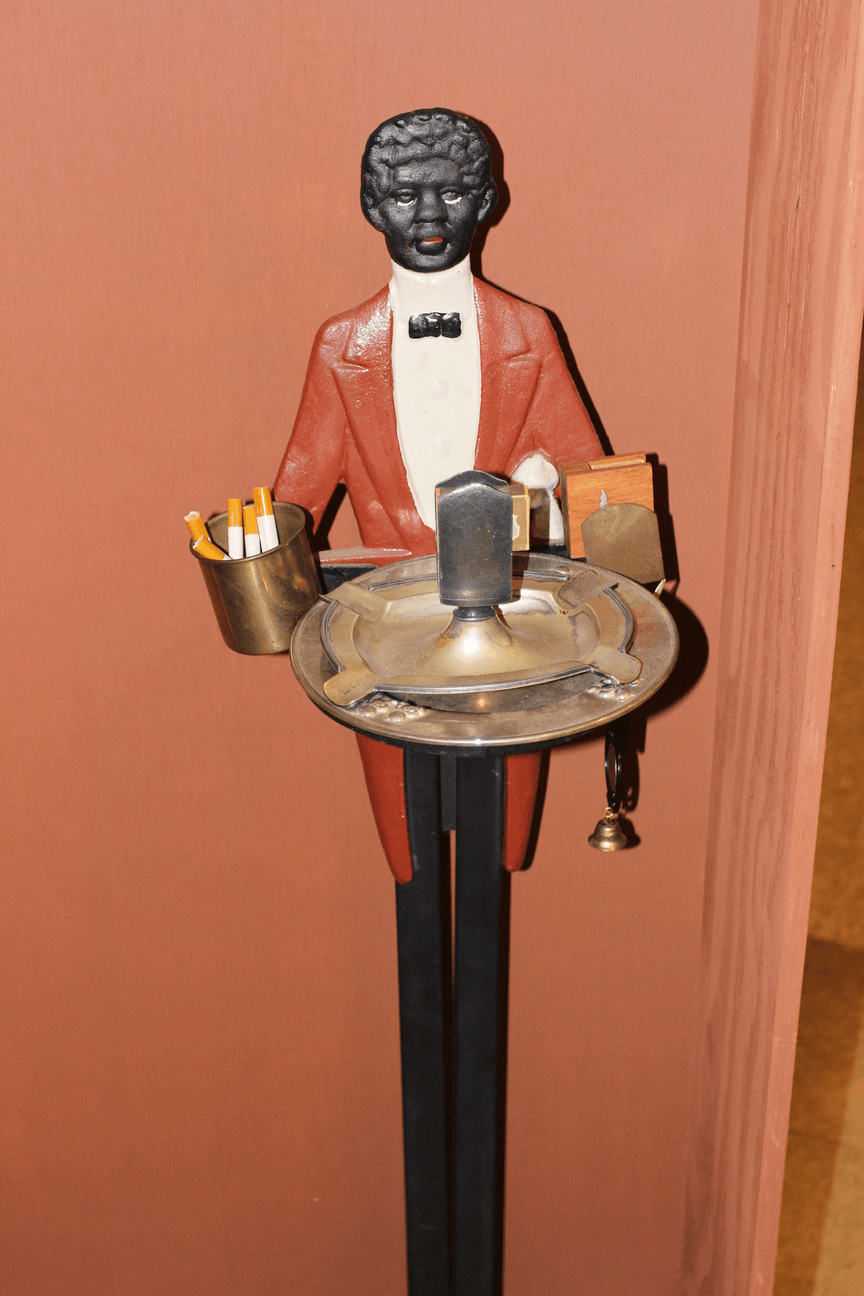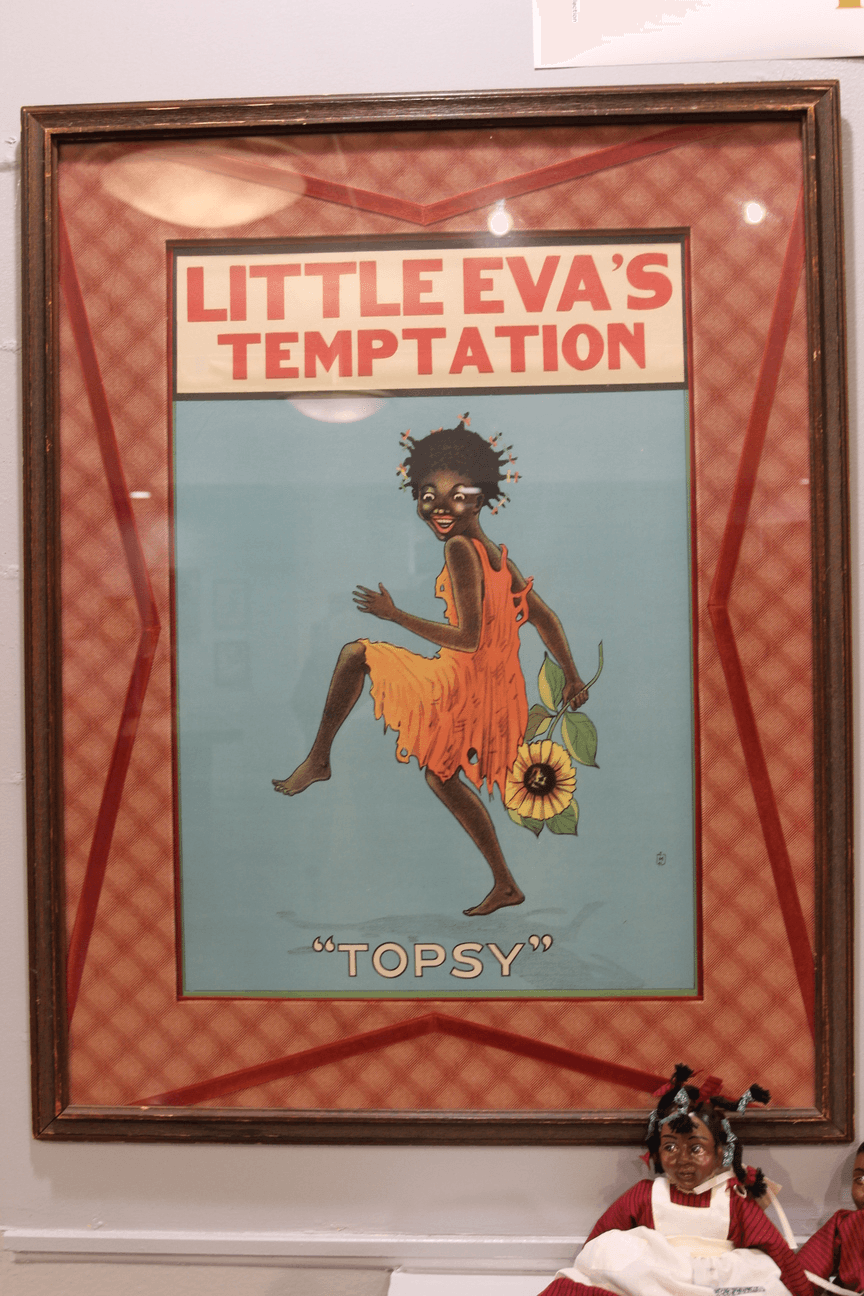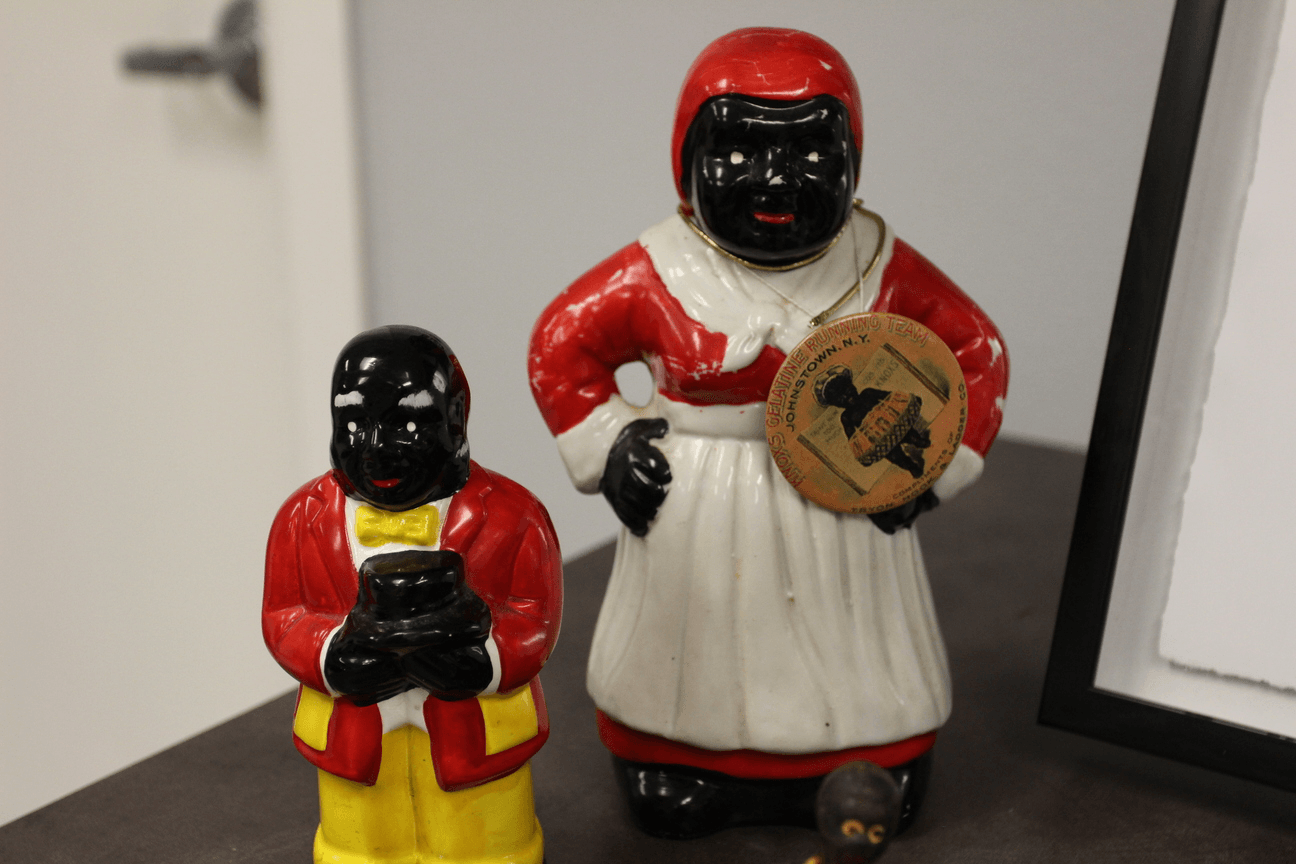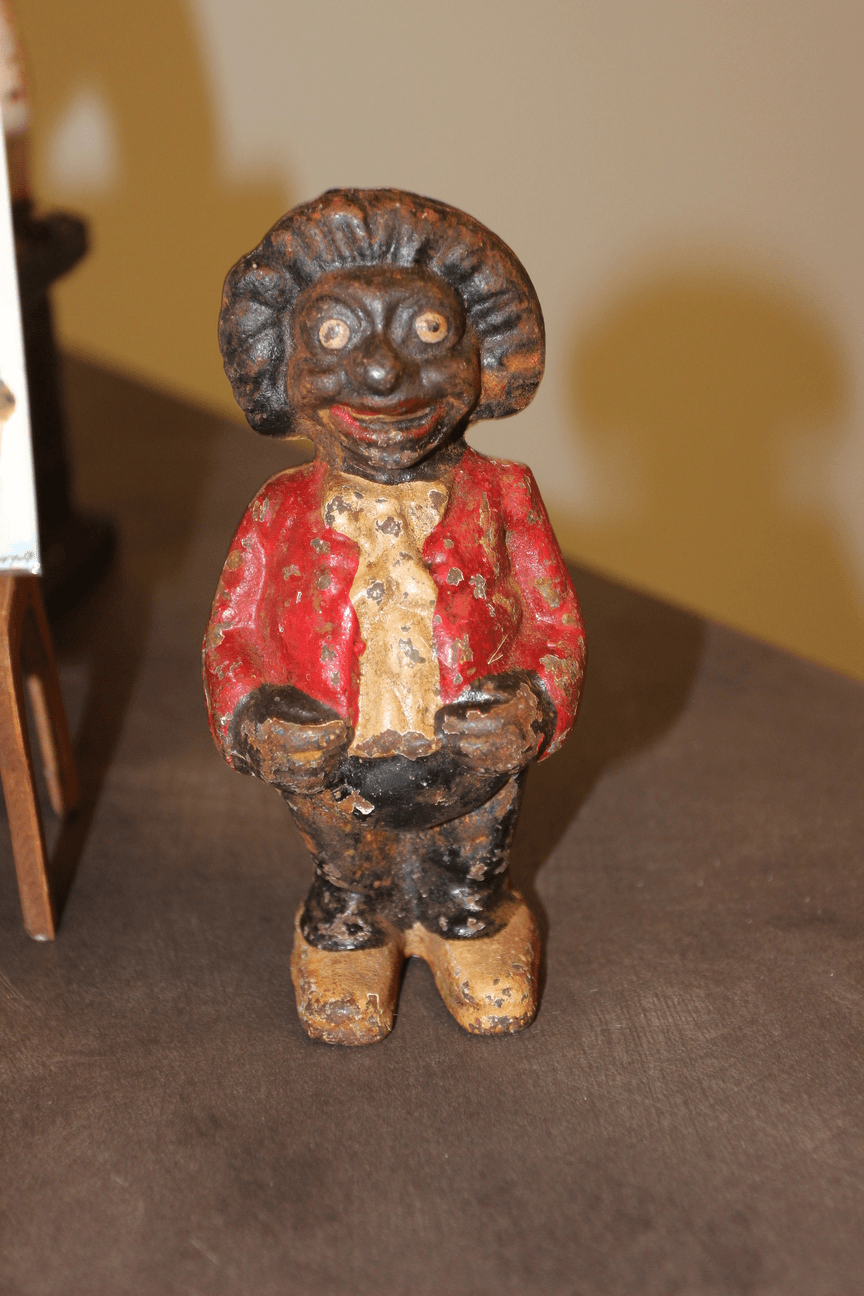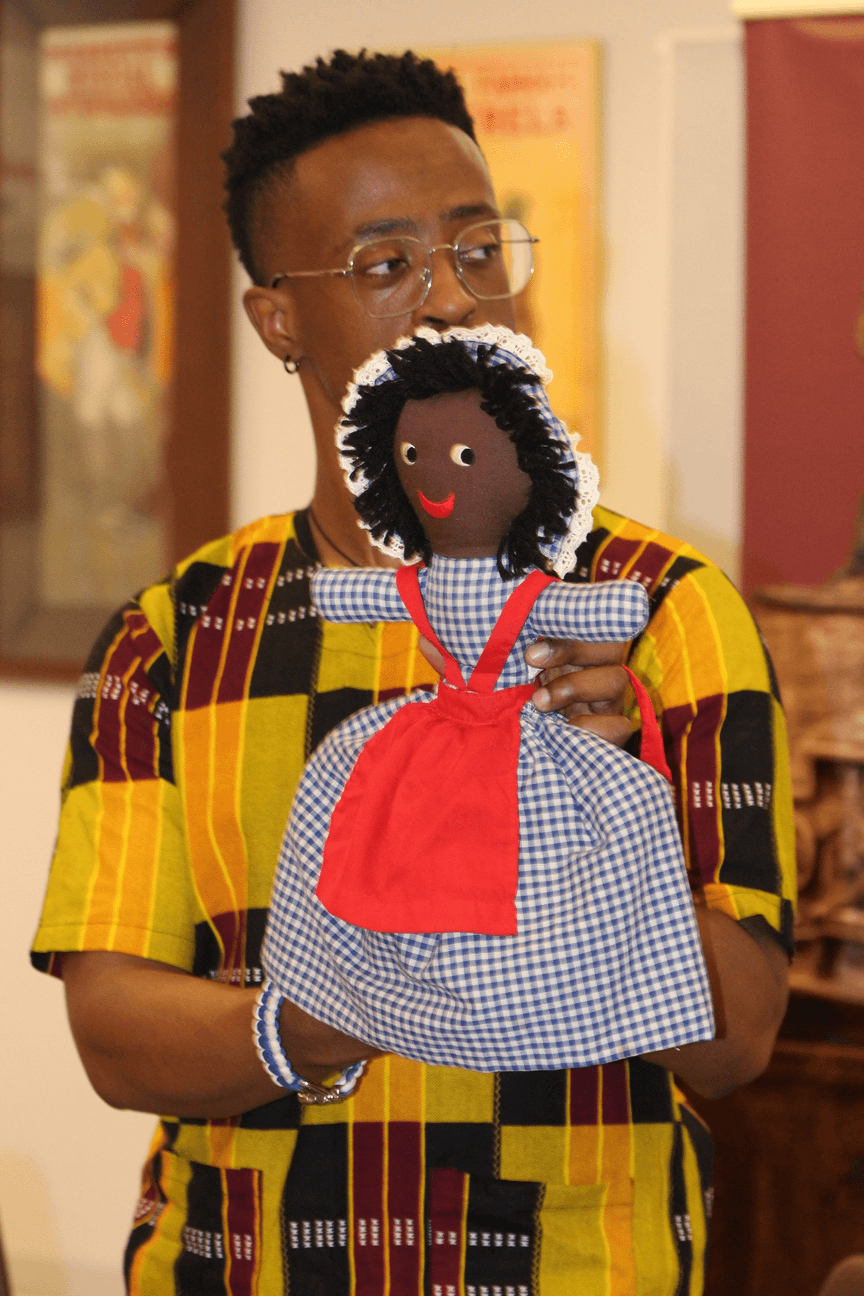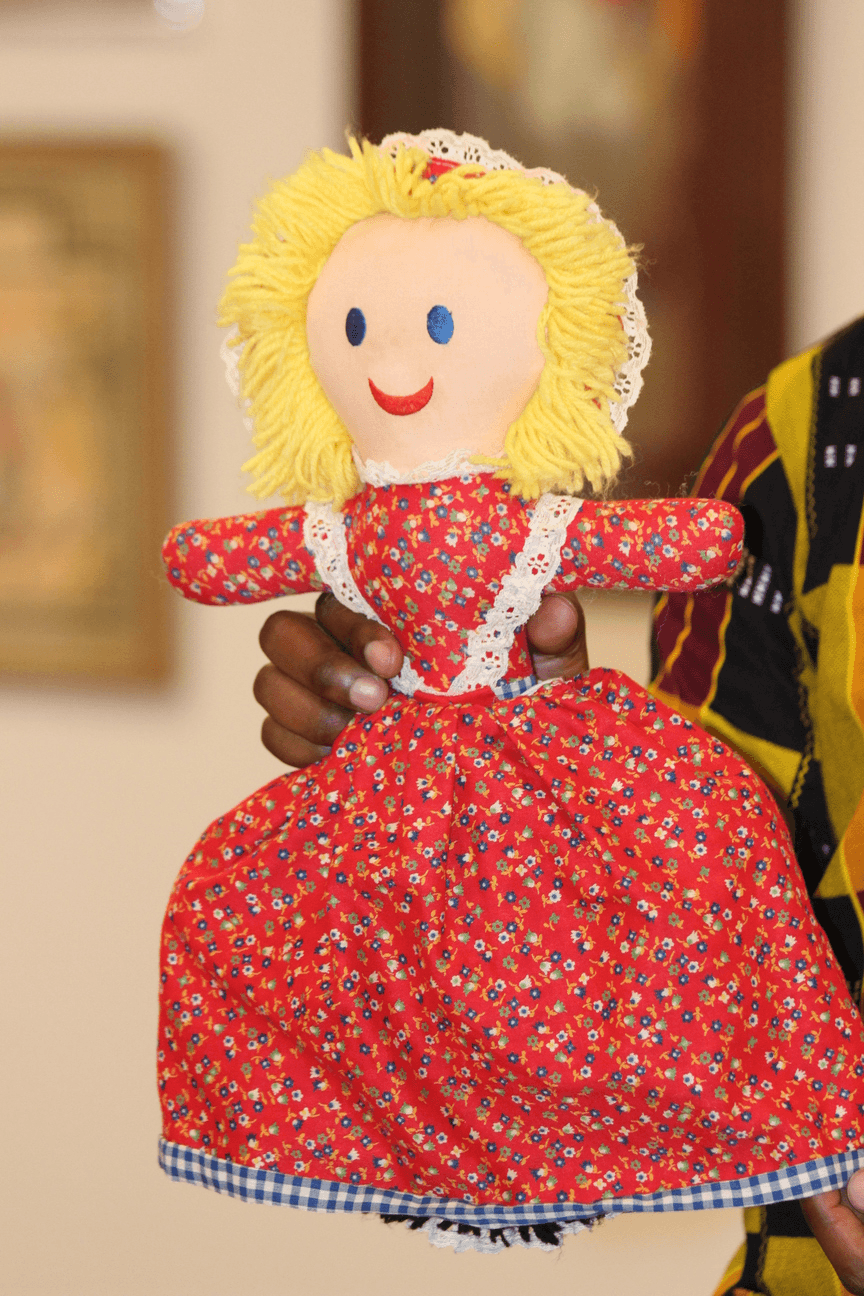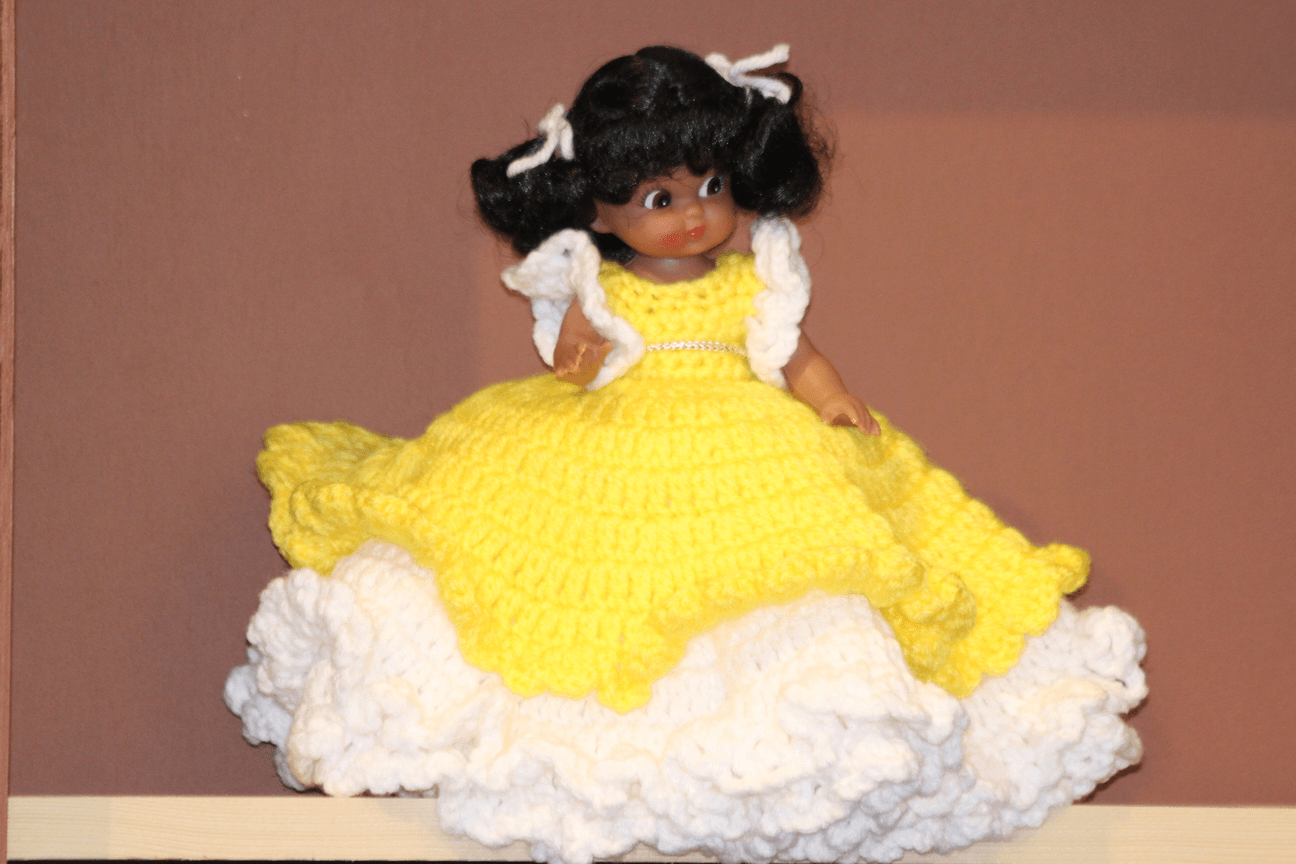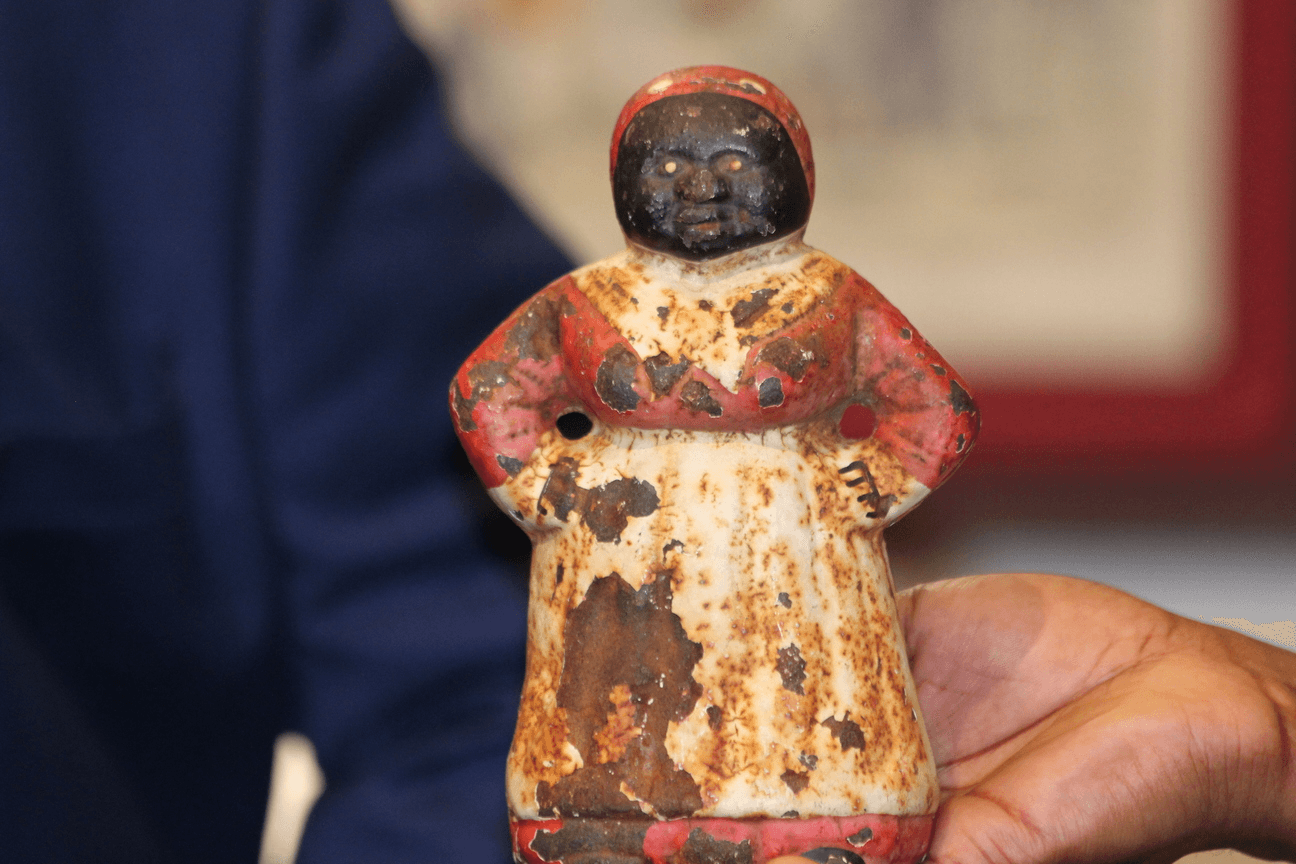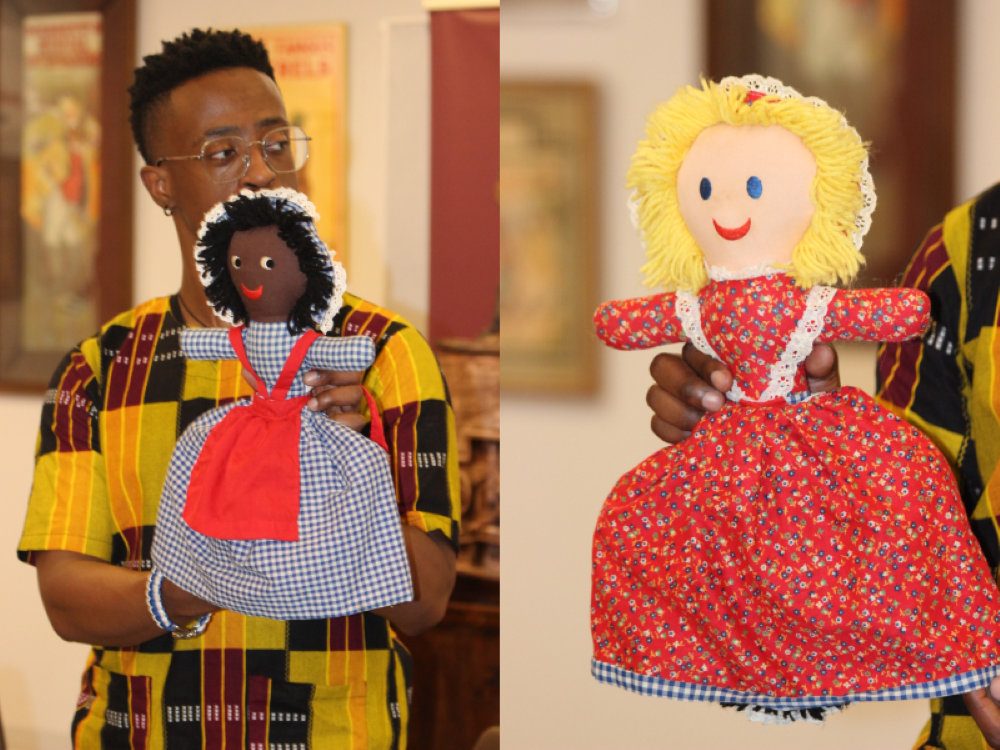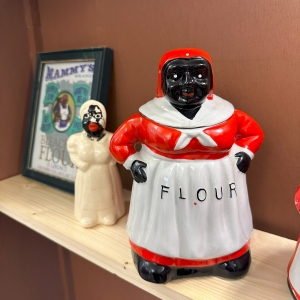Terri Lipsey Scott, executive director of the Carter G. Woodson African American Museum, Cranston Cumberbatch, actor, writer, filmmaker, producer and executive director of the Tampa Bay Actors Guild and Leigh Davis, arts and culture outreach manager for Creative Pinellas
BY FRANK DROUZAS, Staff Writer
ST. PETERSBURG – The Suncoast Tiger Bay Club, a non-partisan political club founded in 1978, holds a monthly meeting to discuss political and public issues of interests. For this Black History Month, they explored the local Black arts and culture scene with three changemakers helping to put St. Pete on the artistic map.
Panelists included Terri Lipsey Scott, executive director of the Carter G. Woodson African American Museum; Leigh Davis, arts and culture outreach manager for Creative Pinellas and Cranston Cumberbatch, actor, writer, filmmaker, producer and executive director of the Tampa Bay Actors Guild.
Cumberbatch announced several projects he’s currently working, including documentaries and two web series, “Nothing Else Matters” and “Simi,” which will both be screened this Saturday at the Black Arts and Film Festival.
Davis is a co-founder of the W.O.R.D. Initiative (Women Organizing Real Discussions). They are a collective of Black women dedicated to transformative arts and culture experiences.
“It was founded in 2018, and our main project is the W.O.R.D. book boxes, which provide free, culturally responsible locally sourced books with positive images of diverse characters and narratives to communities in south St Pete.”
Lipsey Scott noted that the Woodson had to be a bit creative during the pandemic to keep everyone engaged.
“One of the things that we did coming right out of the box was work with the city and the Arts Alliance in creating the most beautiful Black Lives Matter mural in the nation,” she said. “We had had hundreds of people tour our mural.”
Davis believes the African-American art scene in St. Pete is “alive, rich and diverse.”
“I think that we have a lot of incredible partners and people who understand the importance of telling diverse stories,” she said. “You know, we’ve got educational companies — the Arts Conservancy for Teens and Artz 4 Life Academy. We’ve got the incredible African American Heritage Association, we’ve got a brand-new production company here called Black On The Scene, which is working to produce a kid’s show about art.”
She underscored the importance for the entire community to “extol and uplift” Black arts and culture through funding and support.
Cumberbatch feels fortunate to work in a city of opportunity such as St. Pete, where he was determined to seek opportunity for himself. He remembered some days passing by the St. Pete City Theatre and thinking there was “nothing there for me to be a part of.”
One day something opened up that finally gave him his shot to perform in that very theater.
“From there, things just kind of took off for me once I got the opportunity,” he said, adding that he has since met many talented Black people who have yet to realize their dreams.
“There really has not been a lot of opportunities for those talents to be discovered in the area. And one of my missions has always been to help to create that platform, to help bring more artists to the awareness of what’s going on in the city and create more self-initiative.”
While opportunity is one thing, equity is another, and Lipsey Scott pointed out a lack of equity in the African-American art realm for a city that touts African American history, culture and preservation.
“The appreciation for being at the table is wonderful,” she said. “That’s inclusion. But we have to give true consideration to the equity element.”
Though the Woodson Museum was founded in 2006, Lipsey Scott noted that it has yet to “even achieve the gifts” made available to other museums in the community.
“Yet, we have museums that have closed in this city that have garnered more than we have as an African-American museum,” she said.
With the springing up of various galleries and breweries along 22nd Street South in recent years, it is important not to forget the area’s rich Black history.
“I think that if you sweep the history under the rug, then it’s not a great thing, but it is gentrification,” Davis observed. “The Warehouse Arts District is getting a lot of attention, and it does incredible work, but to me, when I see geographically, I see that WADA (Warehouse Arts District Association) is within the Deuces.”
Davis said that as a society, we tend to forget history. She’s hoping that whatever happens with the Tropicana Field site, the old Gas Plant area’s history can be preserved and told through performing arts, poetry or visual media.
Lipsey Scott said it saddens her that a more thoughtful plan was not in place to preserve the integrity of the historical community.
“We preserve old Roser Park, Old Northeast, old Kenwood, old Mirror Lake,” she said. “Everything that’s old in this community, there’s an affinity to, with regards to its preservation. And sadly enough, when it comes to the African-American community, there is not the same level of attention given to preserving those communities. It still burns me to my core that we’re in the process of demolishing the last 31 units of the Jordan Park community.”
Davis is excited that venues such as American Stage and the freeFall Theatre present plays about and by African Americans and the pop-up art shows featuring Black artists, but more support is needed.
“There are incredible advocates, and there are incredible partners,” she said. “I still think that we need more funding. We need more partnerships; we need more awareness and boldness around it.”
If there is something other vibrant art communities have that St. Pete lacks, Lipsey Scott believes it is a commitment from the local government.
“When I travel across the country,” she said, “and I’m touring other African-American museums, in particular, they’re state-funded, they’re locally funded … we can’t continue to talk about diversity and inclusion and equity without bringing some money to the table.”
Lipsey Scott said she doesn’t think the exposure of African-American art, history and culture should be limited to any one district or area.
“I don’t want this community to perceive that the Black history of St Petersburg should be relegated to a specific space,” she said, “when in fact the contributions of African Americans here in the City of St. Petersburg represent what has made our city wonderful.”
Funded by Duke Energy, the Woodson Museum has commissioned two murals by an African-American artist to adorn the newly built Melrose Elementary School.
“It’s a boy bus and a girl bus with the overarching theme: ‘Get on the Bus. You can go anywhere from here,’” Lipsey Scott said. “And the subjects on those buses are primarily from that area of Melrose Elementary School.
On the girls’ bus, images of St. Pete native and superstar Angela Bassett, Tonjua Williams, president of St. Petersburg College, Pinellas County Judge Patrice Moore and County Commissioner Rene Flowers all being driven by the school’s principal.
The boys’ bus will include Hollywood directors and St. Pete natives Will Packer and Kenny Leon along with Dr. Brian Ligon and Pinellas County Schools’ Chief of Police, Luke Williams.
It’s about reminding the children that “we are of this community,” Lipsey Scott explained, “and you can go anywhere from here!”
All three panelists encouraged the club’s members to search social media, find and support Black artists because they are out there. Davis understands that during COVID, it’s challenging to show up for events but suggested other ways of supporting the Black arts.
“You can still show up, you know through a Zoom, show up through your pocketbook show up through your wallet. Show up through going on Facebook and liking, sharing, advocating, writing letters, writing postcards, you know, just being visible.”
To reach Frank Drouzas, email fdrouzas@theweeklychallenger.com
Post Views:
2,603

